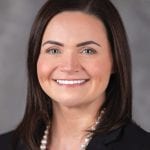The following real estate transactions (latest available) were compiled by Banker & Tradesman and are published as they were received. Only transactions exceeding $115,000 are listed. Buyer and seller fields contain only the first name listed on the deed.
FRANKLIN COUNTY
ASHFIELD
536 Bellus Road
Ashfield, MA 01330
Amount: $720,000
Buyer: Richard E. Rubin
Seller: Kathryn C. Precourt RET
Date: 01/29/21
812 West Road
Ashfield, MA 01330
Amount: $220,000
Buyer: Michael McDonnell
Seller: Richard P. Fitzgerald
Date: 01/29/21
BERNARDSTON
27-A Eden Trail
Bernardston, MA 01337
Amount: $325,500
Buyer: MTGLQ Investors LP
Seller: Stuart R. Provost
Date: 01/29/21
179 Shaw Road
Bernardston, MA 01337
Amount: $154,875
Buyer: Steven Walter-Kubisch
Seller: Bank New York Mellon
Date: 02/05/21
267 Turners Falls Road
Bernardston, MA 01337
Amount: $385,000
Buyer: David J. Harris
Seller: David C. Lewis
Date: 02/05/21
CHARLEMONT
2065 Route 2
Charlemont, MA 01370
Amount: $255,000
Buyer: Lawrence T. Shaw
Seller: Terri J. Peters
Date: 01/29/21
COLRAIN
8 Christian Hill Road
Colrain, MA 01340
Amount: $220,000
Buyer: Zachary Starr-Powell
Seller: Joan A. Powell
Date: 02/05/21
CONWAY
46 Delabarre Ave.
Conway, MA 01341
Amount: $290,000
Buyer: Sophie P. Michaux
Seller: Amanda L. Nash
Date: 02/05/21
859 East Guinea Road
Conway, MA 01341
Amount: $125,000
Buyer: Jacob Arnold
Seller: Richard G. Laroche
Date: 01/29/21
155 Sabans Road
Conway, MA 01341
Amount: $265,000
Buyer: Jacob R. Coates
Seller: Scott M. Doneilo
Date: 01/29/21
DEERFIELD
299 Greenfield Road
Deerfield, MA 01373
Amount: $146,500
Buyer: STS Properties LLC
Seller: Blaise P. Berthiaume
Date: 01/27/21
24 Pleasant Ave.
Deerfield, MA 01342
Amount: $140,000
Buyer: Pervez Hai
Seller: Carrington Mtg Services LLC
Date: 02/02/21
ERVING
22 Prospect St.
Erving, MA 01344
Amount: $175,000
Buyer: Melanie C. Breor
Seller: Philip R. Kavanaugh
Date: 02/05/21
58 River Road
Erving, MA 01344
Amount: $294,300
Buyer: Jesse J. Taylor
Seller: Nancy S. Hammond
Date: 01/29/21
GREENFIELD
9 Cherry St.
Greenfield, MA 01301
Amount: $300,000
Buyer: Jeffrey W. Whitney
Seller: Carmela Semonelli
Date: 01/26/21
139 Conway St.
Greenfield, MA 01301
Amount: $179,000
Buyer: Shimon Ben-Shir
Seller: Paul A. Interlande
Date: 01/29/21
20 Ferrante Ave.
Greenfield, MA 01301
Amount: $227,500
Buyer: Seth Rosenbloom
Seller: Kimberley G. Scammon
Date: 02/05/21
450 Green River Road
Greenfield, MA 01301
Amount: $425,000
Buyer: Peter C. Perkins
Seller: R. B. & Tessa S. Taylor LT
Date: 02/05/21
145 Hope St.
Greenfield, MA 01301
Amount: $140,000
Buyer: Dovrah Plotkin
Seller: Katryn V. Turk
Date: 02/01/21
117 Main St.
Greenfield, MA 01301
Amount: $290,000
Buyer: Cohn & Grader LLC
Seller: Ross D. Gorman
Date: 01/28/21
112 Maple St.
Greenfield, MA 01301
Amount: $186,000
Buyer: Eli Liebman
Seller: Meghan S. Carroll
Date: 01/27/21
22 Riddell St.
Greenfield, MA 01301
Amount: $192,000
Buyer: Mark A. Abraham
Seller: KWC 22 Riddell LLC
Date: 02/05/21
MONTAGUE
60 Central St.
Montague, MA 01349
Amount: $290,000
Buyer: Samuel P. Gido
Seller: Andrew H. Killeen
Date: 02/05/21
94 Federal St.
Montague, MA 01349
Amount: $225,000
Buyer: William P. Freeman
Seller: Raymond P. Denkewicz
Date: 02/04/21
20-1/2 G. St.
Montague, MA 01376
Amount: $215,000
Buyer: Marc Guillaume
Seller: David W. Collings
Date: 01/29/21
29 Greenfield Road
Montague, MA 01351
Amount: $335,000
Buyer: Samuel I. Baker
Seller: Jarad Weeks
Date: 01/26/21
17 West Main St.
Montague, MA 01349
Amount: $192,000
Buyer: Yaritza Fuentes
Seller: Marilyn C. Watroba
Date: 01/29/21
ORANGE
54 Abbott St.
Orange, MA 01364
Amount: $155,000
Buyer: Virginia Realty Inc.
Seller: Laurence P. Vallee
Date: 01/28/21
67 Logan Ave.
Orange, MA 01364
Amount: $180,000
Buyer: Elwyn C. Hayden
Seller: Anne J. Hayden
Date: 01/27/21
77 Pleasant St.
Orange, MA 01364
Amount: $217,000
Buyer: Brandon M. Coy
Seller: Jay Guilmette
Date: 02/05/21
241 Walnut Hill Road
Orange, MA 01364
Amount: $245,900
Buyer: Agbenyo Dika
Seller: Jason A. Zanga
Date: 01/26/21
92 Wheeler Ave.
Orange, MA 01364
Amount: $224,000
Buyer: Thomas W. Donahue
Seller: Teresa Richards
Date: 01/29/21
SHELBURNE
95 Main St.
Shelburne, MA 01370
Amount: $162,500
Buyer: Noble Home LLC
Seller: Kara Ballentine
Date: 01/27/21
SHUTESBURY
338 Locks Pond Road
Shutesbury, MA 01072
Amount: $859,900
Buyer: Isaac M. Goldstein
Seller: Alan J. Lesser
Date: 02/02/21
Locks Pond Road
Shutesbury, MA 01072
Amount: $150,000
Buyer: KJS Realty Inc.
Seller: Historical Enterprises
Date: 02/03/21
SUNDERLAND
267 River Road
Sunderland, MA 01375
Amount: $316,500
Buyer: Wo Q. Zhu
Seller: James A. Kudrikow
Date: 01/29/21
WENDELL
143 Locke Hill Road
Wendell, MA 01379
Amount: $211,000
Buyer: Rachael Bean
Seller: Linda G. Bean
Date: 02/01/21
44 Wickett Pond Road
Wendell, MA 01379
Amount: $261,000
Buyer: Jonathan E. Skellie
Seller: Amie M. Keddy
Date: 01/28/21
WHATELY
202 River Road
Whately, MA 01373
Amount: $280,000
Buyer: Leah R. Herd
Seller: John J. Symanski
Date: 02/04/21
HAMPDEN COUNTY
AGAWAM
38 Depalma St.
Agawam, MA 01030
Amount: $279,900
Buyer: Olga Arbuzov
Seller: MAA Property LLC
Date: 01/28/21
28 Doane Ave.
Agawam, MA 01001
Amount: $216,000
Buyer: Andrea Efantis
Seller: Clifford M. Larsen
Date: 02/05/21
17 Duclos Dr.
Agawam, MA 01030
Amount: $322,000
Buyer: Lisa Crabtree-Kelliher
Seller: Dian D. Curran
Date: 02/05/21
263 Elm St.
Agawam, MA 01001
Amount: $270,000
Buyer: Natalia P. Trznadel
Seller: Simard, Charles F., (Estate)
Date: 02/03/21
71 Florida Dr.
Agawam, MA 01001
Amount: $299,900
Buyer: Stephen A. Bennett
Seller: Alicia Horning
Date: 01/29/21
82-84 High St.
Agawam, MA 01001
Amount: $300,000
Buyer: Agawam Rentals LLC
Seller: Samantha Gelinas
Date: 01/28/21
91 Liberty St.
Agawam, MA 01030
Amount: $275,000
Buyer: Christopher Deuso
Seller: Joslyn J. Luginbuhl
Date: 02/05/21
238 Maple St.
Agawam, MA 01001
Amount: $4,000,000
Buyer: Malka Apts. Equities LLC
Seller: Dow Realty Management LLC
Date: 02/05/21
41 Monroe St.
Agawam, MA 01001
Amount: $300,000
Buyer: Kevin R. Hill
Seller: Richard C. Gingras
Date: 02/05/21
483 North Westfield St.
Agawam, MA 01030
Amount: $245,051
Buyer: Deborah A. Senk
Seller: McCausland, Randy E., (Estate)
Date: 01/26/21
28-30 Orlando St.
Agawam, MA 01030
Amount: $220,000
Buyer: Zhi Q. Tan
Seller: Ali B. Kitchell
Date: 02/05/21
81 Pleasant Dr.
Agawam, MA 01030
Amount: $235,000
Buyer: Christine Croteau
Seller: Anthony F. Manzi
Date: 01/28/21
39 Robin Ridge Dr.
Agawam, MA 01030
Amount: $335,888
Buyer: Jennifer Mason
Seller: Kimberly Brantley
Date: 01/29/21
178 School St.
Agawam, MA 01001
Amount: $315,000
Buyer: Fabio J. Desousa
Seller: Dmitriy Brutskiy
Date: 02/02/21
22 Silver St.
Agawam, MA 01001
Amount: $165,000
Buyer: Papaoutai RT
Seller: Top Notch Service Provider
Date: 01/29/21
562 Suffield St.
Agawam, MA 01001
Amount: $182,900
Buyer: Rosa F. Contrino
Seller: Brenda Gooch
Date: 01/29/21
55 Wilbert Ter.
Agawam, MA 01030
Amount: $410,000
Buyer: Delanie Sapelli
Seller: Susan E. Smith
Date: 01/28/21
CHICOPEE
20 Alfred St.
Chicopee, MA 01020
Amount: $250,000
Buyer: Anabel Vargas
Seller: Christina R. Hemond
Date: 01/29/21
206 Bridle Path Road
Chicopee, MA 01013
Amount: $420,000
Buyer: Todd M. Diederich
Seller: Adam D. Corcoran
Date: 01/29/21
168 Britton St.
Chicopee, MA 01020
Amount: $350,000
Buyer: Vyacheslav Pisarenko
Seller: Bernard G. St.George
Date: 02/02/21
295 Britton St.
Chicopee, MA 01020
Amount: $189,900
Buyer: Samet Ozturk
Seller: Clark E. Matthews
Date: 01/29/21
544 Broadway St.
Chicopee, MA 01020
Amount: $275,000
Buyer: Carlos J. Martinez
Seller: Noreen B. Candon
Date: 02/05/21
59 Carriage Road
Chicopee, MA 01013
Amount: $520,000
Buyer: William R. Wisniewski
Seller: Melissa Dawn-Laflamme
Date: 01/29/21
725 Chicopee St.
Chicopee, MA 01013
Amount: $172,000
Buyer: Mark Tefft
Seller: Timothy J. Driscoll
Date: 02/05/21
21 Depot St.
Chicopee, MA 01013
Amount: $115,000
Buyer: Round 2 LLC
Seller: Michael Breor
Date: 01/29/21
6 Duncan St.
Chicopee, MA 01013
Amount: $225,000
Buyer: Chelsey M. Kelley
Seller: Nicole E. Desrosiers
Date: 01/29/21
48 Edgewood Ave.
Chicopee, MA 01013
Amount: $216,000
Buyer: Alisha L. Lugo
Seller: Stephanie A. Pelland
Date: 01/26/21
23 Francis St.
Chicopee, MA 01013
Amount: $249,900
Buyer: Daniel R. St.Cyr
Seller: Cynthia A. Conklin
Date: 01/26/21
63 Fredette St.
Chicopee, MA 01022
Amount: $405,000
Buyer: Jonathan R. Ash
Seller: N. Riley Development Inc.
Date: 01/29/21
310 Front St.
Chicopee, MA 01013
Amount: $819,000
Buyer: PAF IRT
Seller: KV Properties LLC
Date: 01/29/21
318 Front St.
Chicopee, MA 01013
Amount: $819,000
Buyer: PAF IRT
Seller: KV Properties LLC
Date: 01/29/21
339 Front St.
Chicopee, MA 01013
Amount: $819,000
Buyer: PAF IRT
Seller: KV Properties LLC
Date: 01/29/21
43 Grace St.
Chicopee, MA 01020
Amount: $257,500
Buyer: Michael Bogdanovich
Seller: Student Builders Inc.
Date: 01/29/21
181 Granby Road
Chicopee, MA 01013
Amount: $280,000
Buyer: Giovannie Luna
Seller: Lussier, Don E., (Estate)
Date: 01/27/21
33 Grattan St.
Chicopee, MA 01020
Amount: $425,000
Buyer: Kenney Commercial Group LLC
Seller: John W. Walz
Date: 01/28/21
37 Greenleaf St.
Chicopee, MA 01013
Amount: $207,000
Buyer: Julio Vazquez-Roman
Seller: Emtay Inc.
Date: 02/05/21
57 Laramee St.
Chicopee, MA 01020
Amount: $123,000
Buyer: Caleb P. Kabaniec
Seller: Steven C. Switalski
Date: 02/03/21
6 Lombard St.
Chicopee, MA 01020
Amount: $260,000
Buyer: A. Tia Lexandre-Taylor
Seller: Kevin Boisselle
Date: 02/05/21
52 Marlborough St.
Chicopee, MA 01020
Amount: $220,000
Buyer: Jared J. Krause
Seller: Alzira Costa
Date: 01/29/21
132 Maryland Ave.
Chicopee, MA 01020
Amount: $243,800
Buyer: Elsie Texidor
Seller: German Garcia
Date: 02/04/21
77 Meadow St.
Chicopee, MA 01013
Amount: $195,000
Buyer: Nawar Tifour
Seller: Victoria Tokarev
Date: 01/29/21
930 McKinstry Ave.
Chicopee, MA 01020
Amount: $250,000
Buyer: Eugene V. Shevchuk
Seller: Mariya Borisik
Date: 02/01/21
327 New Ludlow Road
Chicopee, MA 01020
Amount: $335,000
Buyer: German Garcia
Seller: DGL Properties LLC
Date: 02/04/21
9 Post Road
Chicopee, MA 01020
Amount: $170,000
Buyer: Lisa Munoz
Seller: Lori J. Page
Date: 01/27/21
48 Rimmon Ave.
Chicopee, MA 01013
Amount: $255,000
Buyer: Janet T. Brewster
Seller: Thomas A. Conroy
Date: 02/05/21
100 Saint James Ave.
Chicopee, MA 01020
Amount: $223,000
Buyer: Fermin R. Rivera-Mercado
Seller: Steven M. Jimmo
Date: 02/05/21
563 Springfield St.
Chicopee, MA 01013
Amount: $255,000
Buyer: Pierre J. Saintilus
Seller: Oleksandr O. Barynov
Date: 01/29/21
581 Springfield St.
Chicopee, MA 01013
Amount: $250,000
Buyer: Duncan Daviau
Seller: Daviau, Richard G., (Estate)
Date: 01/29/21
48 Sycamore Lane
Chicopee, MA 01020
Amount: $400,000
Buyer: Eric A. Ciecko
Seller: Grandview Development Assocs. LLC
Date: 01/29/21
153 Vadnais St.
Chicopee, MA 01020
Amount: $310,000
Buyer: Patricia Hart
Seller: Amber L. Diederich
Date: 01/29/21
West St.
Chicopee, MA 01020
Amount: $130,000
Buyer: Nicholas Ayala
Seller: Michael Lopes
Date: 02/05/21
EAST LONGMEADOW
8 Auburn St.
East Longmeadow, MA 01028
Amount: $376,500
Buyer: Marisa H. Anthonis
Seller: John J. Kelly
Date: 01/25/21
131 Dwight Road
East Longmeadow, MA 01108
Amount: $205,000
Buyer: Suzette Santiago
Seller: Luke Paull
Date: 01/29/21
87 Gates Ave.
East Longmeadow, MA 01028
Amount: $299,900
Buyer: Jebuotao F. Lemont
Seller: Kelly Osada
Date: 02/01/21
64 Merriam St.
East Longmeadow, MA 01028
Amount: $214,000
Buyer: Aaron L. Duncan
Seller: Thomas R. Reilly
Date: 01/26/21
51 Scantic Dr.
East Longmeadow, MA 01028
Amount: $245,000
Buyer: Samuel Wheaton
Seller: Angela R. Tassinari
Date: 01/28/21
126 Westwood Ave.
East Longmeadow, MA 01028
Amount: $300,000
Buyer: Brittanie L. McGregor
Seller: HSB Investments LLC
Date: 01/28/21
61 Wood Ave.
East Longmeadow, MA 01028
Amount: $210,000
Buyer: Janet P. Hemond
Seller: Brandy Magdalino
Date: 01/27/21
GRANVILLE
75 Old Westfield Road
Granville, MA 01034
Amount: $155,000
Buyer: Jeffrey C. Maceyka
Seller: Thomas A. Laptew
Date: 01/25/21
HOLLAND
33 Leno Road
Holland, MA 01521
Amount: $179,900
Buyer: James W. Leaming
Seller: Jennifer Nardone
Date: 01/27/21
HOLYOKE
5 Adams St.
Holyoke, MA 01040
Amount: $1,100,000
Buyer: 33 34 Van Cort LLC
Seller: Riverdale Equities LLC
Date: 01/28/21
341 Appleton St.
Holyoke, MA 01040
Amount: $187,000
Buyer: Patalano Property Mgmt. LLC
Seller: Anthony Patalano
Date: 02/01/21
Bullard Ave.
Holyoke, MA 01040
Amount: $515,000
Buyer: Albert R. Axe
Seller: Steven Tenenbaum
Date: 02/01/21
121-123 Clemente St.
Holyoke, MA 01040
Amount: $1,350,000
Buyer: 121131 Clemente Holyoke
Seller: Posiadlosc LLC
Date: 01/25/21
1000-1002 Hampden St.
Holyoke, MA 01040
Amount: $262,650
Buyer: Allan E. Nolan
Seller: Amer Ahmed
Date: 01/25/21
35 Holy Family Road
Holyoke, MA 01040
Amount: $2,000,000
Buyer: Holyoke Realty Investments LLC
Seller: Sisters of Providence
Date: 02/03/21
46 Magnolia Ave.
Holyoke, MA 01040
Amount: $258,000
Buyer: Javier A. Villa-Hernandez
Seller: Damaris S. Martinez
Date: 01/28/21
12 Montgomery Ave.
Holyoke, MA 01040
Amount: $515,000
Buyer: Albert R. Axe
Seller: Steven Tenenbaum
Date: 02/01/21
5 North Canal St.
Holyoke, MA 01040
Amount: $365,000
Buyer: Paul D. McBride
Seller: Henry Varick-Pelton
Date: 01/29/21
1736 Northampton St.
Holyoke, MA 01040
Amount: $245,000
Buyer: Naomi Henderson
Seller: Charles Haluck
Date: 02/04/21
2010 Northampton St.
Holyoke, MA 01040
Amount: $185,000
Buyer: Vanessa R. Farrell
Seller: Douglas J. Fountain
Date: 01/29/21
41 Queen St.
Holyoke, MA 01040
Amount: $286,000
Buyer: Jared A. Herman
Seller: Karen L. Kleszczynski
Date: 01/28/21
79-81 Taylor St.
Holyoke, MA 01040
Amount: $232,000
Buyer: Biano D. Thiombiano
Seller: Kevin J. Godek
Date: 02/01/21
348 West Franklin St.
Holyoke, MA 01040
Amount: $150,000
Buyer: Amer Ahmed
Seller: US Bank
Date: 01/25/21
LONGMEADOW
122 Ardsley Road
Longmeadow, MA 01106
Amount: $835,000
Buyer: Raymond L. Adams
Seller: Richard E. Spencer
Date: 01/25/21
214 Captain Road
Longmeadow, MA 01106
Amount: $380,000
Buyer: Rebecca S. Reiff
Seller: Christina Ly
Date: 01/29/21
158 Edgewood Ave.
Longmeadow, MA 01106
Amount: $257,500
Buyer: Teresa C. Reppucci
Seller: Hession, Lee C., (Estate)
Date: 01/27/21
133 Lawnwood Ave.
Longmeadow, MA 01106
Amount: $120,000
Buyer: Zachary Kushner
Seller: Kaaren M. Maloney
Date: 01/29/21
447 Longmeadow St.
Longmeadow, MA 01106
Amount: $375,000
Buyer: Brian E. Chiesi
Seller: Athena P. Pappas
Date: 01/29/21
14 Riverview Ave.
Longmeadow, MA 01106
Amount: $266,000
Buyer: Vinod Hareendrannair
Seller: Albina M. Belisle
Date: 01/29/21
24 Roseland Ter.
Longmeadow, MA 01106
Amount: $308,111
Buyer: David Freeman-Evans
Seller: Annette M. Scheidecker
Date: 02/05/21
41 Roseland Ter.
Longmeadow, MA 01106
Amount: $393,000
Buyer: Gerald M. Foley
Seller: Deeba A. Zaher
Date: 01/29/21
93 Wheel Meadow Dr.
Longmeadow, MA 01106
Amount: $560,000
Buyer: Anthony W. Bunn
Seller: Howard A. Goldberg
Date: 01/29/21
LUDLOW
695 Chapin St.
Ludlow, MA 01056
Amount: $315,000
Buyer: Antwain Bridges
Seller: Richard A. Thibeault
Date: 01/26/21
71 Crest St.
Ludlow, MA 01056
Amount: $220,000
Buyer: Jennifer L. Castro
Seller: Jose Alves
Date: 01/29/21
23 Focosi Lane
Ludlow, MA 01056
Amount: $385,000
Buyer: Mike I. Imbale
Seller: Platinum Homes LLC
Date: 02/04/21
64 Kirkland Ave.
Ludlow, MA 01056
Amount: $252,000
Buyer: Edward J. Rondeau
Seller: Eurico F. Ferreira
Date: 02/01/21
55 Manor Lane
Ludlow, MA 01056
Amount: $330,000
Buyer: Tyler Redzko
Seller: Roger P. Ledoux
Date: 02/05/21
614 Moore St.
Ludlow, MA 01056
Amount: $259,000
Buyer: Jorge Jimenez
Seller: Markez F. Cotto
Date: 01/29/21
76 Rood St.
Ludlow, MA 01056
Amount: $291,500
Buyer: Nikolaus K. Schloesser
Seller: Carvalho, Alfred M., (Estate)
Date: 01/29/21
287 West St.
Ludlow, MA 01056
Amount: $188,000
Buyer: GJL RNL NT
Seller: Ryan J. Pazcoguin
Date: 01/27/21
MONSON
10 Hilltop Dr.
Monson, MA 01057
Amount: $170,000
Buyer: Jarett K. Greene
Seller: Thomas M. Greene
Date: 01/29/21
275 Lower Hampden Road
Monson, MA 01057
Amount: $292,000
Buyer: Paula M. Aversa
Seller: Michael J. Stacy
Date: 02/04/21
14 Main St.
Monson, MA 01057
Amount: $242,000
Buyer: Lauri Aliengena
Seller: James P. Moran
Date: 02/03/21
308 Main St.
Monson, MA 01036
Amount: $239,900
Buyer: Cynthia Gleason
Seller: 4 Season Realty Development LLC
Date: 01/29/21
113 Thayer Road
Monson, MA 01057
Amount: $275,000
Buyer: Richard Keefe
Seller: Christopher P. Tranghese
Date: 01/26/21
3 Woodridge Road
Monson, MA 01057
Amount: $230,000
Buyer: David A. Robitaille
Seller: Property Advantage Inc.
Date: 01/29/21
PALMER
53 Commercial St.
Palmer, MA 01069
Amount: $174,900
Buyer: Keith S. Karrmann
Seller: Brandon T. Moser
Date: 01/29/21
2187-2189 Main St.
Palmer, MA 01080
Amount: $260,000
Buyer: Andres Camacho
Seller: Waseem Ahmad
Date: 02/05/21
58 Olney Road
Palmer, MA 01069
Amount: $345,000
Buyer: Branden P. Cavanaugh
Seller: Patrick J. Cavanaugh
Date: 01/29/21
34 Shearer St.
Palmer, MA 01069
Amount: $253,000
Buyer: Maurice L. Young
Seller: Laurie A. Lafleche
Date: 01/25/21
RUSSELL
146 Huntington Road
Russell, MA 01071
Amount: $325,000
Buyer: Frederick Fopiano
Seller: Marie A. Fisk
Date: 01/29/21
21 Main St.
Russell, MA 01008
Amount: $176,400
Buyer: FHLM
Seller: Edward M. Donnachie
Date: 01/26/21
SPRINGFIELD
53 Abbott St.
Springfield, MA 01118
Amount: $275,000
Buyer: Reinaldo J. Rivera
Seller: Golden Gates Realty Assocs.
Date: 01/29/21
92 Acushnet Ave.
Springfield, MA 01105
Amount: $225,000
Buyer: Adriana B. Bello
Seller: Global Homes Property LLC
Date: 02/01/21
80 Alden St.
Springfield, MA 01109
Amount: $204,000
Buyer: Julianny Ortiz-Diaz
Seller: Hector E. Lorenzo
Date: 01/28/21
600 Alden St.
Springfield, MA 01109
Amount: $195,000
Buyer: Travis M. Orszulak
Seller: Clinton R. Stonacek
Date: 02/01/21
60 Aspen Road
Springfield, MA 01128
Amount: $240,000
Buyer: Barbara Racine
Seller: George W. Andrews
Date: 01/29/21
55 Bellevue Ave.
Springfield, MA 01108
Amount: $160,000
Buyer: Genevieve Construction Development Group
Seller: John Piekutoski
Date: 01/26/21
19 Birch St.
Springfield, MA 01104
Amount: $252,000
Buyer: Jenoy Barnett
Seller: Thomas P. Hanifan
Date: 02/03/21
47 Bither St.
Springfield, MA 01118
Amount: $250,000
Buyer: Nichole M. Bourke
Seller: Jordan Gilliam
Date: 01/29/21
55 Blodgett St.
Springfield, MA 01108
Amount: $230,000
Buyer: Samantha Clinton-Aimable
Seller: Blythewood Property Mgmt. LLC
Date: 01/29/21
178 Boston Road
Springfield, MA 01109
Amount: $280,000
Buyer: Shelby Real Estate LLC
Seller: 180 Boston Road LLC
Date: 01/26/21
73 Canton St.
Springfield, MA 01104
Amount: $142,000
Buyer: Rhonda M. Soto
Seller: Anne E. Welz
Date: 02/05/21
1542-1548 Carew St.
Springfield, MA 01104
Amount: $259,900
Buyer: Wahid Uddin
Seller: Shaw, William D., (Estate)
Date: 01/26/21
39 Cedar St.
Springfield, MA 01105
Amount: $270,750
Buyer: Brett H. Albert
Seller: Antonio Aro
Date: 01/26/21
240 Centre St.
Springfield, MA 01151
Amount: $165,000
Buyer: Donny Taimanglo
Seller: Miles Alden Bus Agency
Date: 02/02/21
11 Chase Ave.
Springfield, MA 01108
Amount: $164,850
Buyer: PHH Mortgage Corp
Seller: Campagnari Construction LLC
Date: 02/01/21
282 Commonwealth Ave.
Springfield, MA 01108
Amount: $138,000
Buyer: William M. Collins
Seller: Jerine Blissett
Date: 01/25/21
235 Connecticut Ave.
Springfield, MA 01104
Amount: $205,000
Buyer: Jade V. Lebel
Seller: Andrew Barcomb
Date: 02/02/21
259 Cuff Ave.
Springfield, MA 01104
Amount: $160,000
Buyer: Rebecca M. Feist
Seller: Renata J. Peloquin
Date: 01/29/21
124 Donbray Road
Springfield, MA 01119
Amount: $330,000
Buyer: Tam T. Le
Seller: Binh T. Le
Date: 01/26/21
62-64 Dunmoreland St.
Springfield, MA 01109
Amount: $210,000
Buyer: Frank Ofori-Boateng
Seller: Salim Abdoo
Date: 01/26/21
131 Dwight Road
Springfield, MA 01108
Amount: $205,000
Buyer: Suzette Santiago
Seller: Luke Paull
Date: 01/29/21
3 Elaine Circle
Springfield, MA 01109
Amount: $350,000
Buyer: Evandro Dessani-Gomes
Seller: Juan Esteves
Date: 02/01/21
81 Emerson St.
Springfield, MA 01118
Amount: $192,000
Buyer: Yamary Vazquez-Salgado
Seller: Dawn P. Moriarty
Date: 01/29/21
52 Euclid Ave.
Springfield, MA 01108
Amount: $190,000
Buyer: Nguyen T. Tien-Pham
Seller: Son Vo
Date: 01/28/21
74 Forest Park Ave.
Springfield, MA 01108
Amount: $228,000
Buyer: Reginald V. Patterson
Seller: Carmen Reyes
Date: 02/05/21
141 Forest Park Ave.
Springfield, MA 01108
Amount: $197,999
Buyer: Jillian K. Rexford
Seller: Thomas Vuong
Date: 01/28/21
94 Fort Pleasant Ave.
Springfield, MA 01108
Amount: $220,000
Buyer: Jasmin Vazquez
Seller: Deniz M. Kan
Date: 01/28/21
372-374 Franklin St.
Springfield, MA 01104
Amount: $180,000
Buyer: Carol Pennant
Seller: Andrew J. Witman
Date: 01/29/21
281 Gilbert Ave.
Springfield, MA 01119
Amount: $405,000
Buyer: Jullisses A. Perales
Seller: Bretta Construction LLC
Date: 01/26/21
77 Gillette Ave.
Springfield, MA 01118
Amount: $175,000
Buyer: Sarah E. Cagan
Seller: Susan S. Cagan
Date: 02/04/21
50 Glencoe St.
Springfield, MA 01104
Amount: $210,000
Buyer: Milagros Rivera
Seller: Therese S. Hastings
Date: 01/27/21
195 Glenoak Dr.
Springfield, MA 01129
Amount: $235,000
Buyer: Loretta Heady
Seller: Plata O. Plomo Inc.
Date: 01/29/21
256 Gresham St.
Springfield, MA 01119
Amount: $205,000
Buyer: Marcia Johnson
Seller: Basile Realty LLC
Date: 02/01/21
386 Hancock St.
Springfield, MA 01105
Amount: $147,000
Buyer: Farrah Quiles-Mason
Seller: Miguel Otero
Date: 01/26/21
88 Jardine St.
Springfield, MA 01107
Amount: $194,900
Buyer: Alefe M. Phakos
Seller: Abigail Rodriguez
Date: 01/29/21
121-123 Jefferson Ave.
Springfield, MA 01107
Amount: $205,000
Buyer: Kamlesh Mistri
Seller: William S. Duggan
Date: 02/05/21
67 Jeffrey Road
Springfield, MA 01119
Amount: $225,000
Buyer: Ashley M. Rodriguez
Seller: Christopher J. Behnk
Date: 02/02/21
105 Joan St.
Springfield, MA 01129
Amount: $171,000
Buyer: Mario Tascon
Seller: Bank New York Mellon
Date: 01/27/21
119-121 Johnson St.
Springfield, MA 01108
Amount: $175,000
Buyer: Nelson Dela-Cruz
Seller: Anelson DelaCruz
Date: 01/29/21
28 Kazbeck St.
Springfield, MA 01151
Amount: $130,000
Buyer: Louis R. Bortolussi
Seller: Roginski, Joseph S., (Estate)
Date: 01/29/21
101 Larkspur St.
Springfield, MA 01108
Amount: $205,000
Buyer: Karla Wilder
Seller: Deacon, Frank J., (Estate)
Date: 02/03/21
11 Laurelwood Lane
Springfield, MA 01128
Amount: $266,500
Buyer: Narad M. Adhikari
Seller: Barry S. Cady
Date: 01/28/21
44 Leland Dr.
Springfield, MA 01109
Amount: $265,000
Buyer: Huiqing Zhu
Seller: Michael R. Leblanc
Date: 02/04/21
31 Leyfred Ter.
Springfield, MA 01108
Amount: $230,000
Buyer: Carol Pennant
Seller: Natalya Pavlichenko
Date: 01/29/21
1114-1116 Liberty St.
Springfield, MA 01104
Amount: $200,000
Buyer: Christopher D. Malone
Seller: Kandice Boyd
Date: 01/28/21
34 Lorimer St.
Springfield, MA 01151
Amount: $295,000
Buyer: Emely Figueroa
Seller: Xaver A. Sierra
Date: 01/25/21
49 Merida St.
Springfield, MA 01104
Amount: $198,000
Buyer: Carmen N. Nater-Valentin
Seller: Emtay Inc.
Date: 01/29/21
253-255 Mill St.
Springfield, MA 01109
Amount: $250,000
Buyer: Charles R. Burgess
Seller: Mark A. Pease
Date: 01/29/21
24 Montgomery St.
Springfield, MA 01151
Amount: $273,000
Buyer: Ana M. Alvarado
Seller: Augusto G. Crespo
Date: 01/26/21
90 Mooreland St.
Springfield, MA 01104
Amount: $205,000
Buyer: Lewis G. Grant
Seller: Emely Figueroa
Date: 01/25/21
238 Newhouse St.
Springfield, MA 01108
Amount: $217,000
Buyer: Isannette Gomez
Seller: Juan Adorno
Date: 02/02/21
25-27 Nye St.
Springfield, MA 01104
Amount: $153,000
Buyer: Joejoe Properties LLC
Seller: Gilda M. Garcia
Date: 01/29/21
253-255 Oak St.
Springfield, MA 01151
Amount: $169,027
Buyer: Deutsche Bank
Seller: Alfredo Garcia-Escalera
Date: 01/29/21
104 Old Lane Road
Springfield, MA 01129
Amount: $196,000
Buyer: Sandra A. Fraser
Seller: Rondeau, Rose, (Estate)
Date: 02/01/21
14 Parkside St.
Springfield, MA 01104
Amount: $210,000
Buyer: Omar Martinez-Albaladejo
Seller: 613 LLC
Date: 01/25/21
97 Parkside St.
Springfield, MA 01104
Amount: $210,000
Buyer: Enid Y. Liberato
Seller: Dambrosio, Kathleen A., (Estate)
Date: 01/29/21
97-99 Prospect St.
Springfield, MA 01107
Amount: $222,000
Buyer: Einer A. Argueta
Seller: H&P Investments LLC
Date: 01/29/21
8 Putnam St.
Springfield, MA 01109
Amount: $165,000
Buyer: Brital 1987 LLC
Seller: Plata O. Plomo Inc.
Date: 02/05/21
586 Roosevelt Ave.
Springfield, MA 01118
Amount: $250,000
Buyer: Judit I. Duran-Castillo
Seller: Karla A. Ardolino
Date: 01/26/21
28 Rutledge Ave.
Springfield, MA 01105
Amount: $240,000
Buyer: A. R. Stallworth-Cummings
Seller: Edwin Ortiz-Gonzalez
Date: 02/03/21
1129 Saint James Ave.
Springfield, MA 01104
Amount: $182,000
Buyer: Edward Hernandez
Seller: Michael S. Banks
Date: 01/29/21
53 Seneca St.
Springfield, MA 01151
Amount: $189,500
Buyer: Mary Lynn R. Metivier
Seller: Jennifer L. Castro
Date: 01/29/21
22 Sewell St.
Springfield, MA 01119
Amount: $160,000
Buyer: Gogri Inc.
Seller: Gail Green
Date: 02/04/21
17 Skyridge Lane
Springfield, MA 01128
Amount: $310,000
Buyer: Jennifer Germain
Seller: Jason Pressey
Date: 02/03/21
101 Stuart St.
Springfield, MA 01119
Amount: $161,999
Buyer: Short 4U RT
Seller: FHLM
Date: 01/25/21
95-97 Suffolk St.
Springfield, MA 01109
Amount: $230,000
Buyer: Cristian G. Ortiz
Seller: Round 2 LLC
Date: 02/01/21
42 Terrence St.
Springfield, MA 01109
Amount: $116,500
Buyer: Emilio Figueroa
Seller: Victor M. Colon
Date: 02/05/21
22 Thornfell St.
Springfield, MA 01104
Amount: $118,500
Buyer: Alex Owusu
Seller: Nasser Zebian
Date: 02/01/21
25 Tourigny St.
Springfield, MA 01104
Amount: $175,000
Buyer: Callie Kazalski
Seller: Lisa J. Russell
Date: 02/02/21
40 Tulsa St.
Springfield, MA 01118
Amount: $200,000
Buyer: William Sanchez
Seller: Diane Markham
Date: 01/28/21
293 Tyler St.
Springfield, MA 01109
Amount: $121,500
Buyer: Raul O. Gomez
Seller: Myrna Oquendo
Date: 01/28/21
87 Whittier St.
Springfield, MA 01108
Amount: $117,000
Buyer: CIG 4 LLC
Seller: Frank C. Agiato
Date: 02/03/21
43 Winding Lane
Springfield, MA 01118
Amount: $235,000
Buyer: Michael Poole
Seller: Jeffrey W. Cramton
Date: 02/01/21
SOUTHWICK
5 Evergreen St.
Southwick, MA 01077
Amount: $250,000
Buyer: Tyler D. Simmitt
Seller: Tyler Burnham
Date: 01/29/21
47 Lexington Circle
Southwick, MA 01077
Amount: $518,000
Buyer: Jennifer L. Knoop
Seller: Angela M. Whitcher
Date: 02/04/21
38 Mort Vining Road
Southwick, MA 01077
Amount: $369,900
Buyer: Rachel M. Maxton
Seller: RM Blerman LLC
Date: 01/25/21
10 Sawgrass Lane
Southwick, MA 01077
Amount: $130,000
Buyer: Hamelin Framing Inc.
Seller: Doreen Dargon
Date: 01/27/21
WALES
80 McBride Road
Wales, MA 01081
Amount: $357,000
Buyer: Dinis S. Martins
Seller: Tracey Robertson
Date: 02/04/21
WEST SPRINGFIELD
79 Bear Hole Road
West Springfield, MA 01089
Amount: $375,000
Buyer: Brian W. Farnsworth
Seller: William Lyons
Date: 01/27/21
29 Field St.
West Springfield, MA 01089
Amount: $230,000
Buyer: Mumtaz B. Shah
Seller: Jonathan S. McFadden
Date: 01/26/21
55 Fox St.
West Springfield, MA 01089
Amount: $160,000
Buyer: US Bank
Seller: Robert G. Bedard
Date: 01/27/21
30 Hanover St.
West Springfield, MA 01089
Amount: $270,000
Buyer: G&C RE Investments LLC
Seller: Kenneth B. Kimball
Date: 01/27/21
207 Labelle St.
West Springfield, MA 01089
Amount: $235,000
Buyer: Paul C. Hoover
Seller: Kurt C. Hoernig
Date: 02/01/21
670 Main St.
West Springfield, MA 01089
Amount: $217,000
Buyer: Rebecca A. Wise
Seller: TM Properties Inc.
Date: 02/04/21
57 Maple Ter.
West Springfield, MA 01089
Amount: $237,000
Buyer: Raynna S. Crump
Seller: Cynthia Capella
Date: 02/03/21
131 River St.
West Springfield, MA 01089
Amount: $5,250,000
Buyer: Imperial Apts. Equities
Seller: Dow Realty Management LLC
Date: 02/05/21
155 River St.
West Springfield, MA 01089
Amount: $5,250,000
Buyer: Imperial Apts. Equities
Seller: Dow Realty Management LLC
Date: 02/05/21
39 Sunnyside St.
West Springfield, MA 01089
Amount: $320,000
Buyer: Sue Ann Hilton
Seller: Jullisses A. Perales
Date: 01/25/21
60 Terry Road
West Springfield, MA 01089
Amount: $345,000
Buyer: Micheal Parrish
Seller: John L. Dowd
Date: 02/03/21
WESTFIELD
23 Green Ave.
Westfield, MA 01085
Amount: $384,000
Buyer: Mejias LLC
Seller: Woodsville Realty Inc.
Date: 02/03/21
25 Green Ave.
Westfield, MA 01085
Amount: $384,000
Buyer: Mejias LLC
Seller: Woodsville Realty Inc.
Date: 02/03/21
27 Green Ave.
Westfield, MA 01085
Amount: $384,000
Buyer: Mejias LLC
Seller: Woodsville Realty Inc.
Date: 02/03/21
20 Jefferson St.
Westfield, MA 01085
Amount: $300,000
Buyer: Nicole L. Anderson
Seller: Patrick G. Smith
Date: 01/25/21
11 Knollwood Dr.
Westfield, MA 01085
Amount: $263,000
Buyer: Peter A. Rocca
Seller: Michael F. Crow
Date: 01/29/21
5 Magnolia Ter.
Westfield, MA 01085
Amount: $472,000
Buyer: Marisa Masciadrelli
Seller: David L. Haight
Date: 02/01/21
282 Montgomery Road
Westfield, MA 01085
Amount: $115,000
Buyer: Antonio F. Basile
Seller: Diplomat Property Manager LLC
Date: 02/05/21
124 New Broadway
Westfield, MA 01085
Amount: $220,000
Buyer: Karen Kleszczynski
Seller: Vladimir Andrusiv
Date: 01/28/21
27 North Road
Westfield, MA 01085
Amount: $300,000
Buyer: Peter Sychev
Seller: William W. Boisseau
Date: 01/28/21
9 Parker Ave.
Westfield, MA 01085
Amount: $180,000
Buyer: Priscilla A. Lysak
Seller: Anita L. Huckins
Date: 01/28/21
297 Russell Road
Westfield, MA 01085
Amount: $400,000
Buyer: Westfield Baptist Church TR
Seller: Christian & Missionary
Date: 02/02/21
50 Sackett Road
Westfield, MA 01085
Amount: $260,000
Buyer: Stephen Harland
Seller: Michael E. Fregeau
Date: 02/05/21
1082 Shaker Road
Westfield, MA 01085
Amount: $200,000
Buyer: Kenneth J. Bassett
Seller: Gloria J. Hunter
Date: 01/25/21
34 Squawfield Road
Westfield, MA 01085
Amount: $219,000
Buyer: Ryan M. Fanion
Seller: Ingalls, Glenice H., (Estate)
Date: 02/01/21
375 Steiger Dr.
Westfield, MA 01085
Amount: $349,900
Buyer: Joan Ascolese
Seller: Shana Dubay
Date: 01/28/21
WILBRAHAM
2773-2775 Boston Road
Wilbraham, MA 01095
Amount: $275,000
Buyer: Landmark Partners Inc.
Seller: Jose A. Andre
Date: 01/29/21
12 Delmor Circle
Wilbraham, MA 01095
Amount: $252,000
Buyer: Christopher J. Behnk
Seller: Near, Michael A., (Estate)
Date: 02/02/21
5 Edgewood Road
Wilbraham, MA 01095
Amount: $132,264
Buyer: Bank New York Mellon
Seller: Eddie E. Owens
Date: 01/28/21
4 Oakridge Dr.
Wilbraham, MA 01095
Amount: $330,000
Buyer: Kara L. Rice
Seller: Mary M. Danio
Date: 02/05/21
555 Ridge Road
Wilbraham, MA 01095
Amount: $276,000
Buyer: Rakeshkumar V. Patel
Seller: Mark Bates
Date: 02/05/21
791 Ridge Road
Wilbraham, MA 01095
Amount: $832,000
Buyer: Timothy Marini
Seller: Lorrijane Massa
Date: 01/29/21
HAMPSHIRE COUNTY
AMHERST
236 Aubinwood Road
Amherst, MA 01002
Amount: $615,000
Buyer: Kyle Busacker
Seller: Paul Dibenedetto RET
Date: 01/29/21
12 Cranberry Lane
Amherst, MA 01002
Amount: $367,700
Buyer: Rolla S. Herman
Seller: Brian P. Hayes
Date: 02/05/21
6 Evening Star Dr.
Amherst, MA 01002
Amount: $1,380,000
Buyer: Bouton RET
Seller: Pollin, Irene S., (Estate)
Date: 01/28/21
76 Stony Hill Road
Amherst, MA 01002
Amount: $321,000
Buyer: Kevin M. Boissonnault
Seller: Rebecca Hull
Date: 02/01/21
30 Ward St.
Amherst, MA 01002
Amount: $420,000
Buyer: Emmanuel N. Cheo
Seller: Ellen T. Middleton
Date: 02/01/21
BELCHERTOWN
9 Chartier Dr.
Belchertown, MA 01007
Amount: $270,000
Buyer: Santos Rosario-Gonzalez
Seller: Newell, Gordon A., (Estate)
Date: 01/28/21
6 Jackson St.
Belchertown, MA 01007
Amount: $165,000
Buyer: Costas Mathews
Seller: Redwood Properties LLC
Date: 01/25/21
16 Maple St.
Belchertown, MA 01007
Amount: $295,000
Buyer: Marc B. Moro
Seller: Belchertown Historical
Date: 01/29/21
57 Magnolia Lane
Belchertown, MA 01007
Amount: $449,900
Buyer: Allen H. Brainerd
Seller: JN Duquette & Son Construction
Date: 02/02/21
5 Woodhaven Dr.
Belchertown, MA 01007
Amount: $175,000
Buyer: Seth Lakso
Seller: Seth Lakso
Date: 02/05/21
CHESTERFIELD
62 Willicutt Road
Chesterfield, MA 01012
Amount: $270,000
Buyer: Amber L. Spiess
Seller: Thomas E. Dawson-Greene
Date: 01/26/21
EASTHAMPTON
19 Deerfield Dr.
Easthampton, MA 01027
Amount: $283,000
Buyer: Charles W. Dunham
Seller: Shirley N. Lavalley
Date: 01/29/21
53-55 Emerald Place
Easthampton, MA 01027
Amount: $370,000
Buyer: Zoe M. Johnson
Seller: Herman R. Copen RET
Date: 01/29/21
177 Ferry St.
Easthampton, MA 01027
Amount: $195,000
Buyer: Nicholas D. Duprey
Seller: F&H Property Funding TR
Date: 02/01/21
168 Northampton St.
Easthampton, MA 01027
Amount: $1,088,871
Buyer: 906-908 Belmont RT
Seller: Aubuchon Realty Co. Inc.
Date: 01/29/21
50 Overlook Dr.
Easthampton, MA 01027
Amount: $309,000
Buyer: Mikena L. Wood
Seller: Ronald D. Bishop
Date: 01/28/21
11 Union Court
Easthampton, MA 01027
Amount: $295,000
Buyer: Michael P. Keeney
Seller: John M. Fish
Date: 01/27/21
GRANBY
56 Harris St.
Granby, MA 01033
Amount: $340,000
Buyer: Anne Marie Smith
Seller: Alfred L. Martin
Date: 01/27/21
76 Kendall St.
Granby, MA 01033
Amount: $320,000
Buyer: Andrew Chagnon
Seller: Rebecca L. Barlow
Date: 02/05/21
108 Maximilian Dr.
Granby, MA 01033
Amount: $428,900
Buyer: Megan Yee
Seller: Kevin D. Mahoney
Date: 02/05/21
158 Taylor St.
Granby, MA 01033
Amount: $212,000
Buyer: Mark Jackson
Seller: Patricia Miller RET
Date: 01/26/21
70 West State St.
Granby, MA 01033
Amount: $2,922,600
Buyer: Aubuchon Realty Co. Inc.
Seller: Pride LP
Date: 02/03/21
HADLEY
118 Bay Road
Hadley, MA 01035
Amount: $306,000
Buyer: Joseph F. Cebula
Seller: Kathleen M. Iles
Date: 01/29/21
45 Old Mountain Road
Hadley, MA 01075
Amount: $310,000
Buyer: Rosemund LLC
Seller: Sidney B. Simon T
Date: 01/25/21
HATFIELD
151 Elm St.
Hatfield, MA 01038
Amount: $330,000
Buyer: Richard J. Ross
Seller: Jeffrey C. Zgrodnik
Date: 01/28/21
43 Straits Road
Hatfield, MA 01038
Amount: $502,000
Buyer: Paul Satriano RET
Seller: Paul M. Kelly
Date: 02/01/21
NORTHAMPTON
38 Franklin St.
Northampton, MA 01060
Amount: $1,100,000
Buyer: Katherine A. Markelz
Seller: Anne West-Church
Date: 02/05/21
21 Mountain Laurel Path
Northampton, MA 01062
Amount: $425,000
Buyer: Cordelia C. McKusick TR
Seller: Hermit Thrush LLC
Date: 02/05/21
North King St.
Northampton, MA 01060
Amount: $315,000
Buyer: Damon Lane LLC
Seller: Lane Construction Corp.
Date: 01/28/21
451 Rocky Hill Road
Northampton, MA 01062
Amount: $311,800
Buyer: Jessica Hertzberg
Seller: Sean P. Carroll
Date: 02/01/21
267 South St.
Northampton, MA 01060
Amount: $325,000
Buyer: Good View LLC
Seller: Joan M. Hart RET
Date: 02/05/21
91 South St.
Northampton, MA 01060
Amount: $1,110,000
Buyer: Kalyan Kari LLC
Seller: Yarland Properties LLC
Date: 02/01/21
Sylvester Road #2
Northampton, MA 01060
Amount: $152,000
Buyer: Andrew R. Burque
Seller: Judith L. Snyder
Date: 02/01/21
PLAINFIELD
296 Main St.
Plainfield, MA 01070
Amount: $360,000
Buyer: Matthew B. Marotte
Seller: Joan A. Bianchi
Date: 02/01/21
SOUTH HADLEY
30 Alvord St.
South Hadley, MA 01075
Amount: $275,000
Buyer: Brian J. O’Toole
Seller: Richard W. Adams RET
Date: 01/29/21
3 Eagle Dr.
South Hadley, MA 01075
Amount: $485,000
Buyer: Kristen S. Gardner
Seller: Dorothy J. Ross
Date: 01/28/21
431 East St.
South Hadley, MA 01075
Amount: $225,000
Buyer: Timothy Trombley
Seller: Emtay Inc.
Date: 02/05/21
99 Lyman Ter.
South Hadley, MA 01075
Amount: $470,000
Buyer: Dean R. Riel
Seller: Russell F. Degenza
Date: 01/29/21
334 North Main St.
South Hadley, MA 01075
Amount: $274,000
Buyer: Jennifer B. Jarrell
Seller: Elizabeth A. Grant
Date: 02/05/21
56 Old Lyman Road
South Hadley, MA 01075
Amount: $445,000
Buyer: Christopher Kleeberg
Seller: Kyle J. Levreault
Date: 01/28/21
Riverlodge Road #3
South Hadley, MA 01075
Amount: $225,000
Buyer: Anthony R. Witman
Seller: Patrick J. Spring
Date: 02/03/21
33 Spring St.
South Hadley, MA 01075
Amount: $500,000
Buyer: DS Group Investments LLC
Seller: RGS Realty LLC
Date: 01/29/21
8 Sunrise Circle
South Hadley, MA 01075
Amount: $663,000
Buyer: April S. Grudgen
Seller: Michael C. Bean
Date: 02/05/21
10 The Knolls
South Hadley, MA 01075
Amount: $193,000
Buyer: Lena Dohlman-Gerhart
Seller: Lisa Uyehara
Date: 02/05/21
SOUTHAMPTON
106 Clark St.
Southampton, MA 01073
Amount: $445,000
Buyer: Kelly J. Light
Seller: John & Clarie Martin RET
Date: 01/29/21
10 Fitch Farm Way
Southampton, MA 01073
Amount: $685,000
Buyer: Christopher M. Buell
Seller: Thomas Quinlan
Date: 01/25/21
5 Strong Road
Southampton, MA 01073
Amount: $305,000
Buyer: Wendy Snape
Seller: Paul E. Truehart
Date: 01/28/21
WARE
321 Beaver Lake Road
Ware, MA 01082
Amount: $340,000
Buyer: Michael Sanuita
Seller: Gary B. Barnes
Date: 01/27/21
246 Belchertown Road
Ware, MA 01082
Amount: $225,000
Buyer: Michael Hackett
Seller: Randy J. Wessels
Date: 01/27/21
77 Coffey Hill Road
Ware, MA 01082
Amount: $254,000
Buyer: Jorge A. Marrero
Seller: Coffey Hill Property LLC
Date: 02/01/21
31 Homecrest Ave.
Ware, MA 01082
Amount: $165,000
Buyer: Erin E. Letourneau
Seller: Gerard D. Demers
Date: 01/29/21
45 Old Poor Farm Road
Ware, MA 01082
Amount: $340,000
Buyer: Hua Z. Zhao
Seller: Sam Zhao
Date: 02/05/21
17 Smith Ave.
Ware, MA 01082
Amount: $208,000
Buyer: Christy M. Batungbacal
Seller: Donna Brunelle
Date: 01/25/21
WESTHAMPTON
Main Road
Westhampton, MA 01027
Amount: $115,000
Buyer: William H. Truswell
Seller: Philip J. Norris
Date: 02/04/21
WORTHINGTON
16 Old North Road
Worthington, MA 01098
Amount: $180,000
Buyer: Mercedes Zavala
Seller: Byrnes, Michael P., (Estate)
Date: 01/27/21
32 Old Post Road
Worthington, MA 01098
Amount: $440,000
Buyer: Leigh P. Tutka
Seller: Norman S. Stafford
Date: 01/25/21




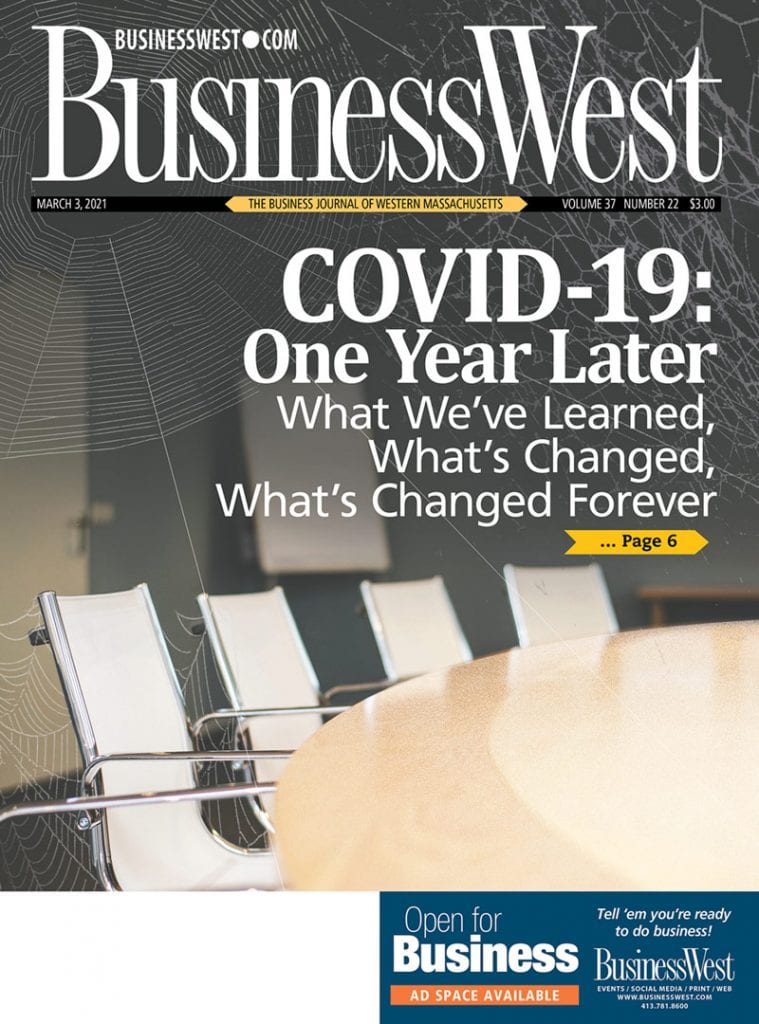
 One year ago, the world, or at least our little corner of it, stopped. Completely.
One year ago, the world, or at least our little corner of it, stopped. Completely.
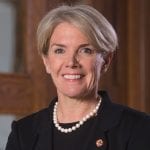
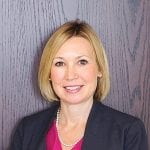





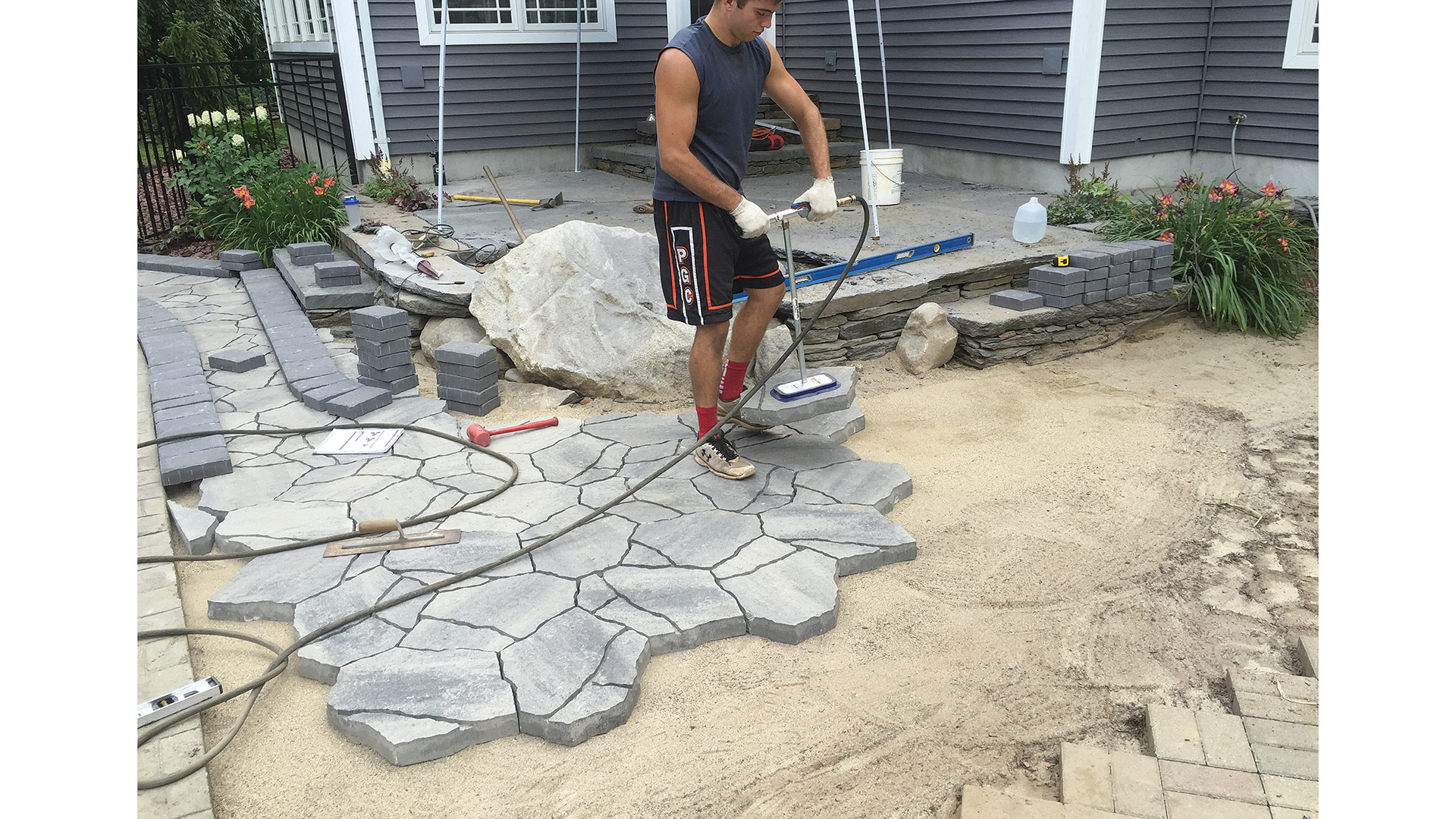






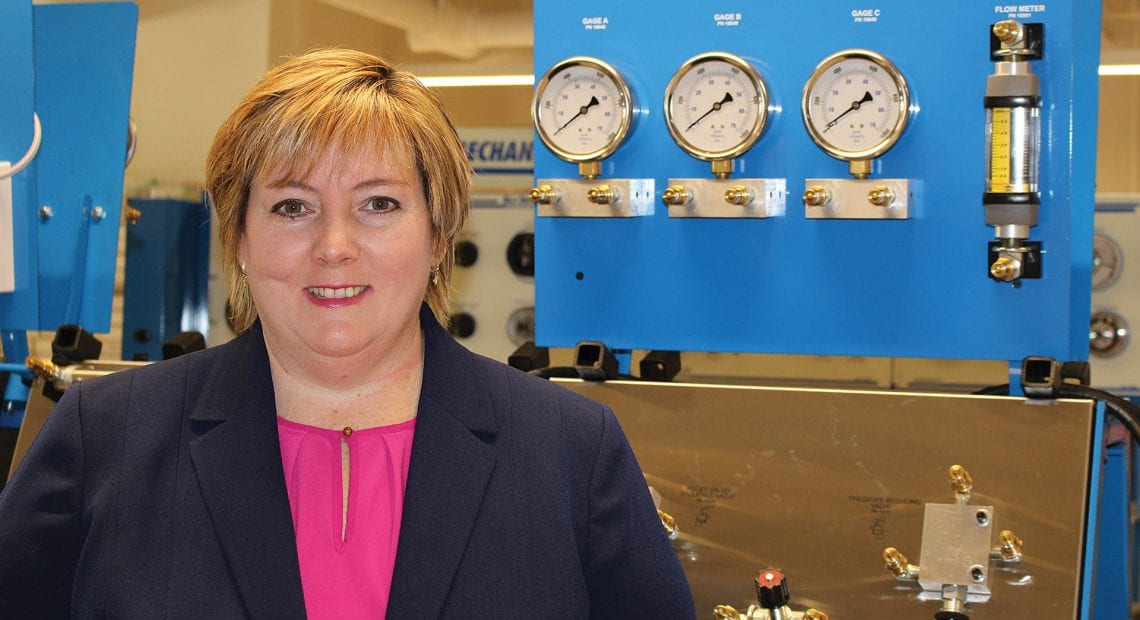
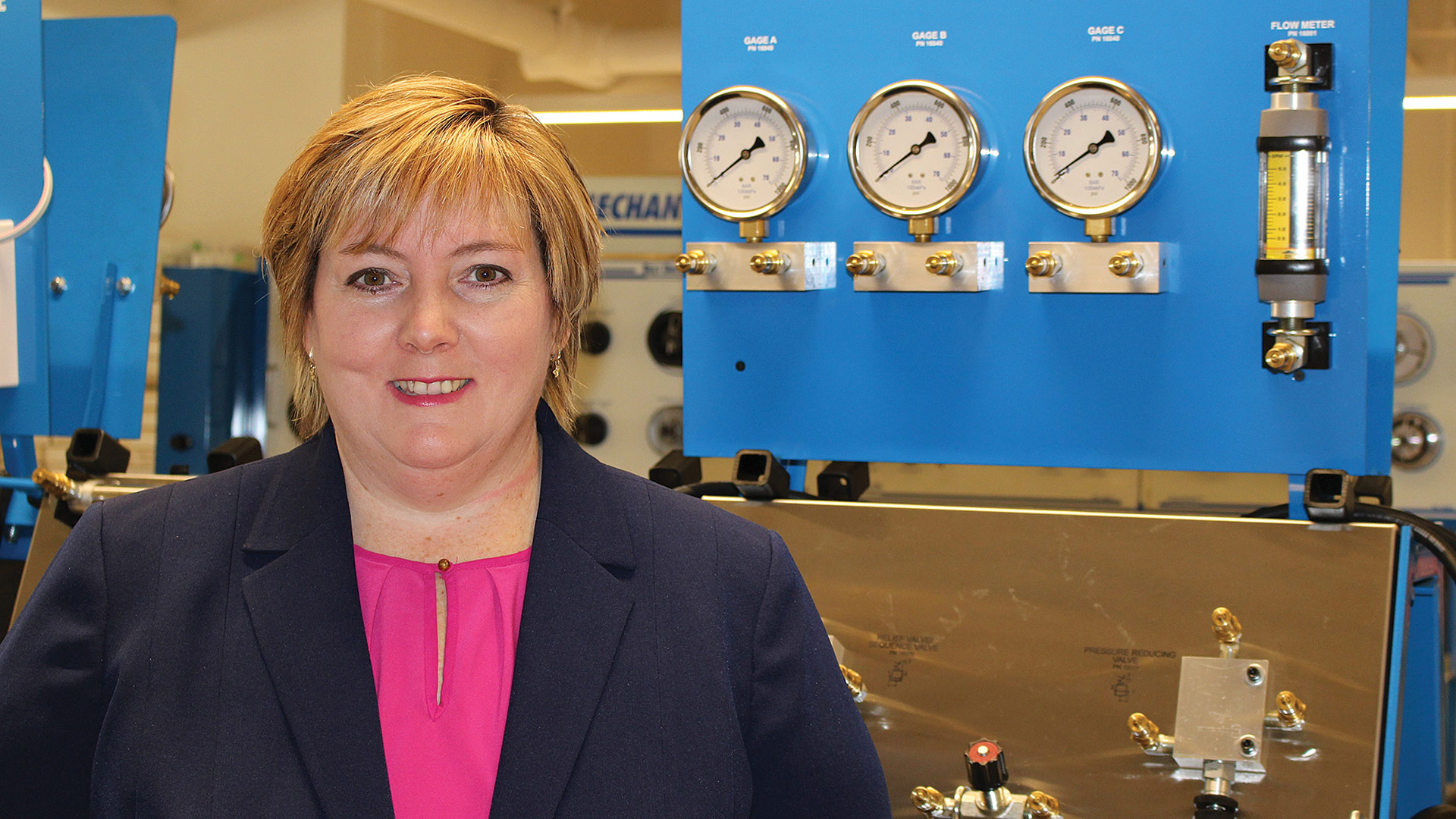
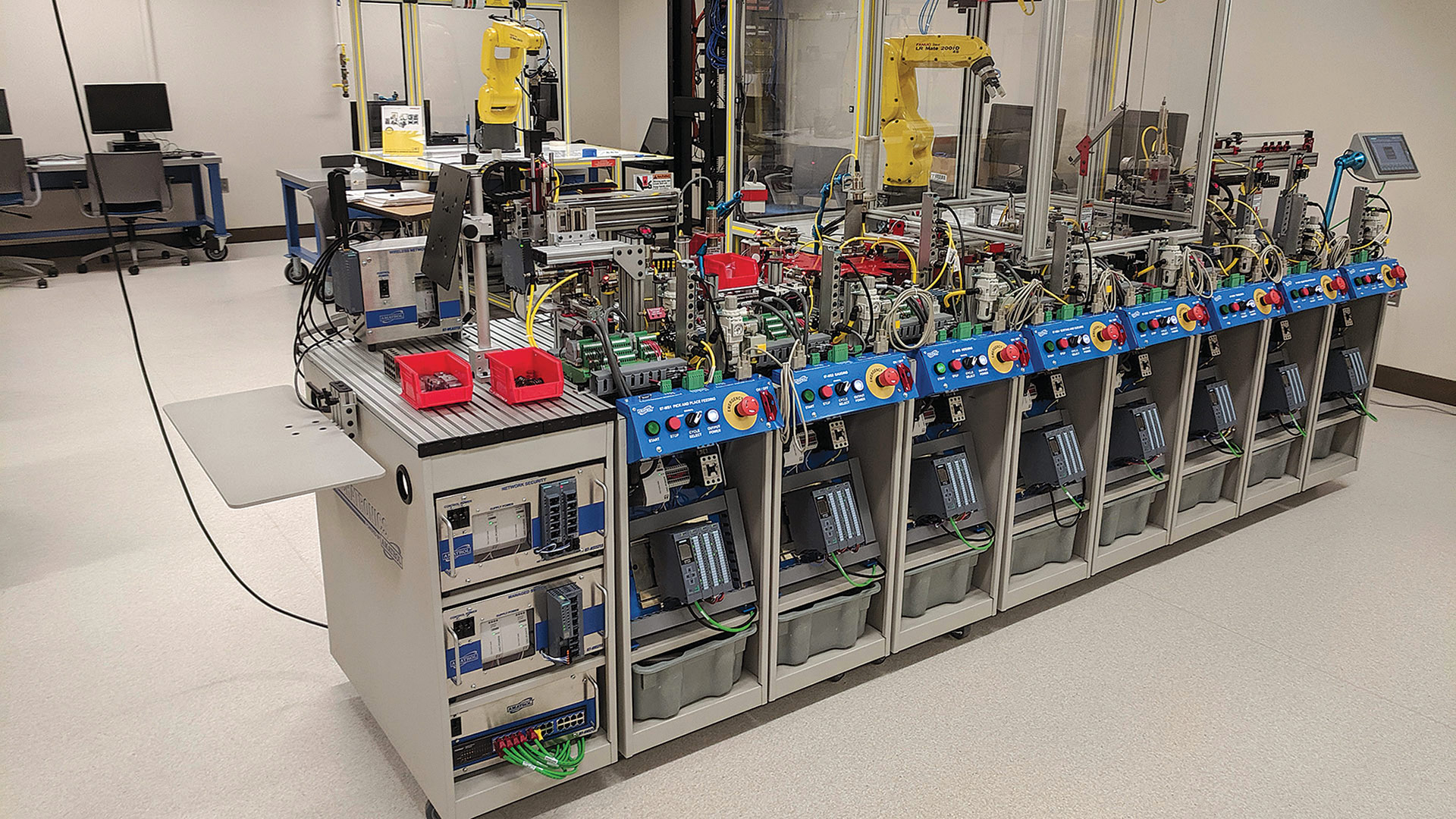
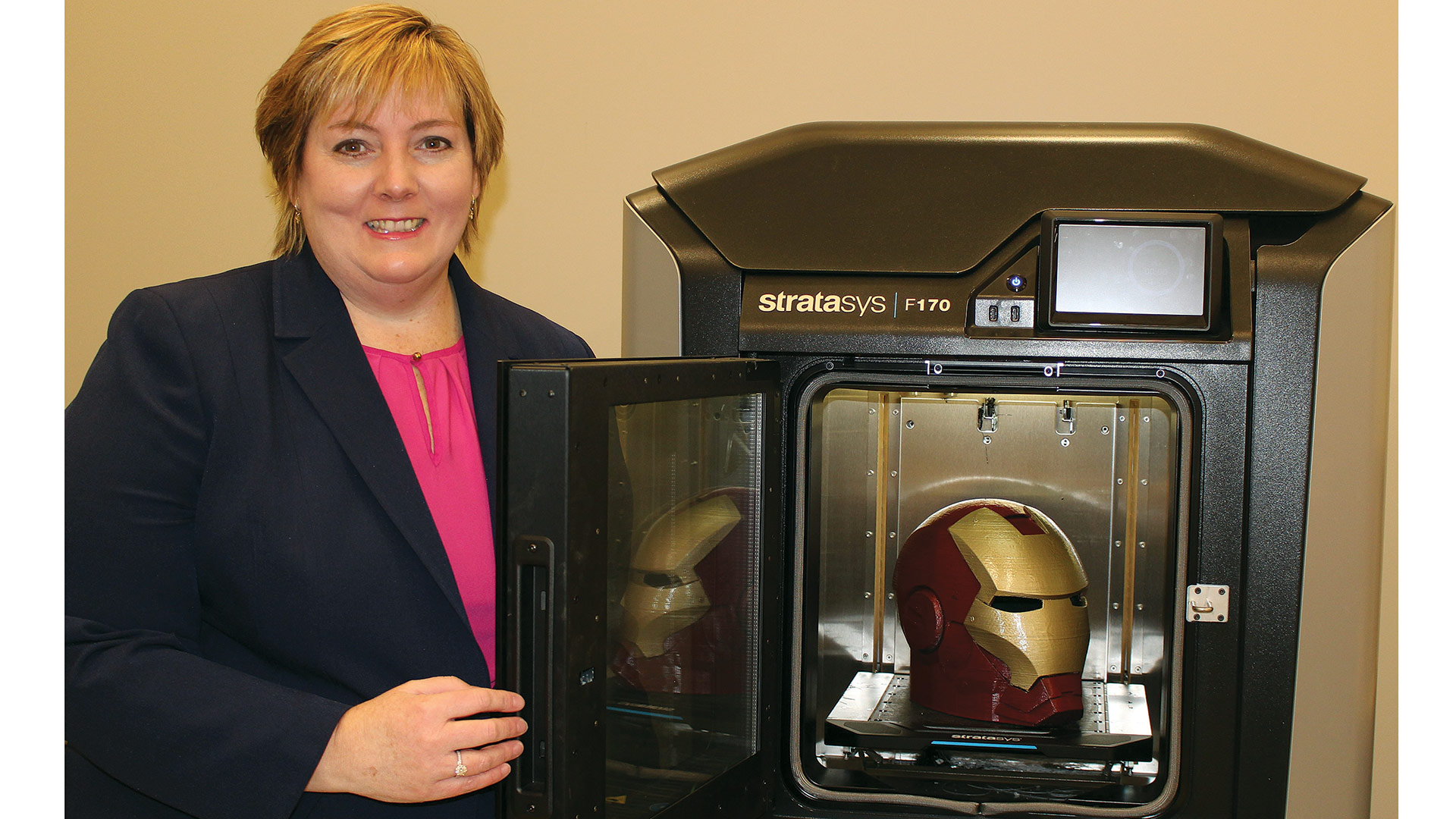
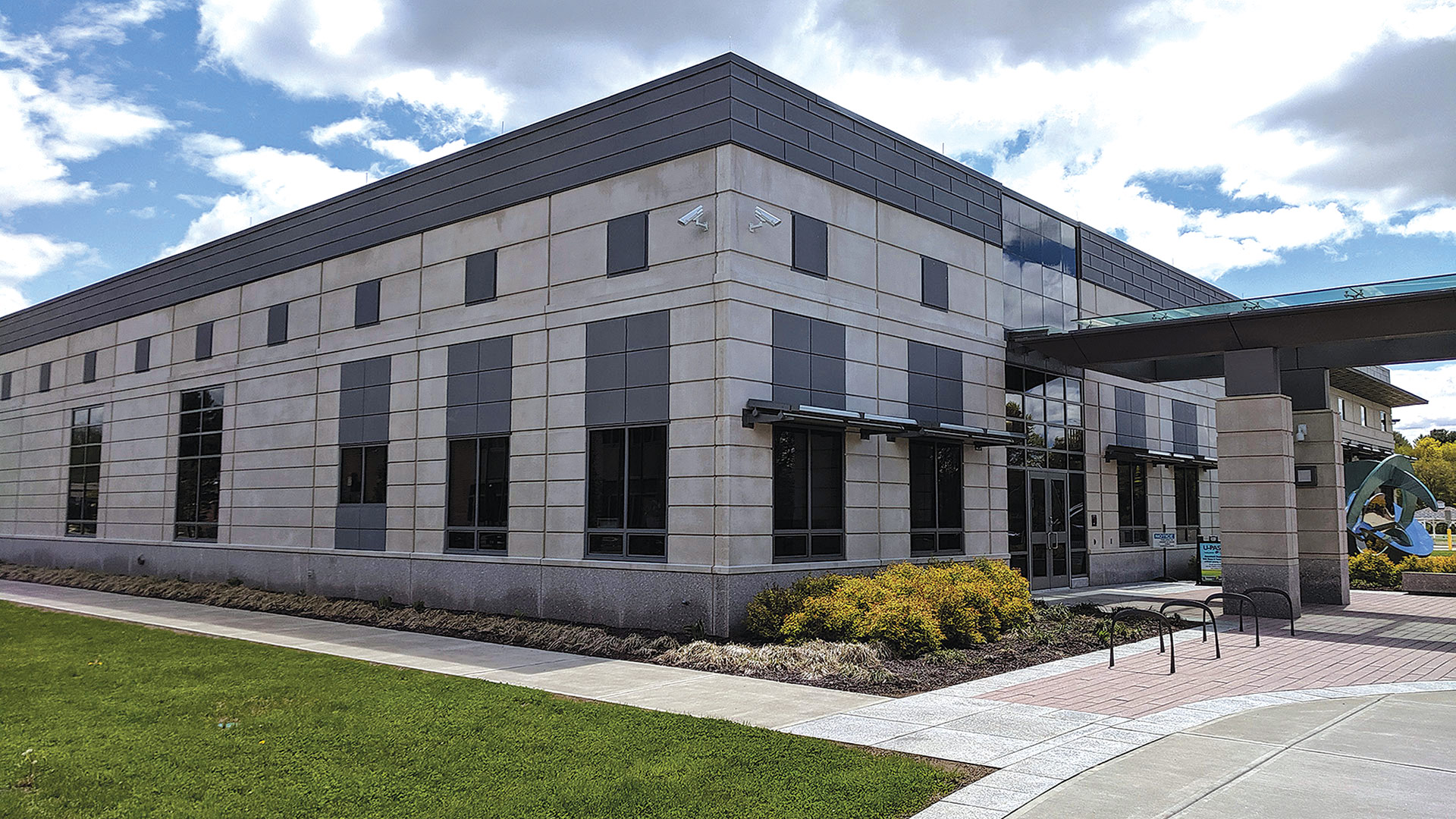
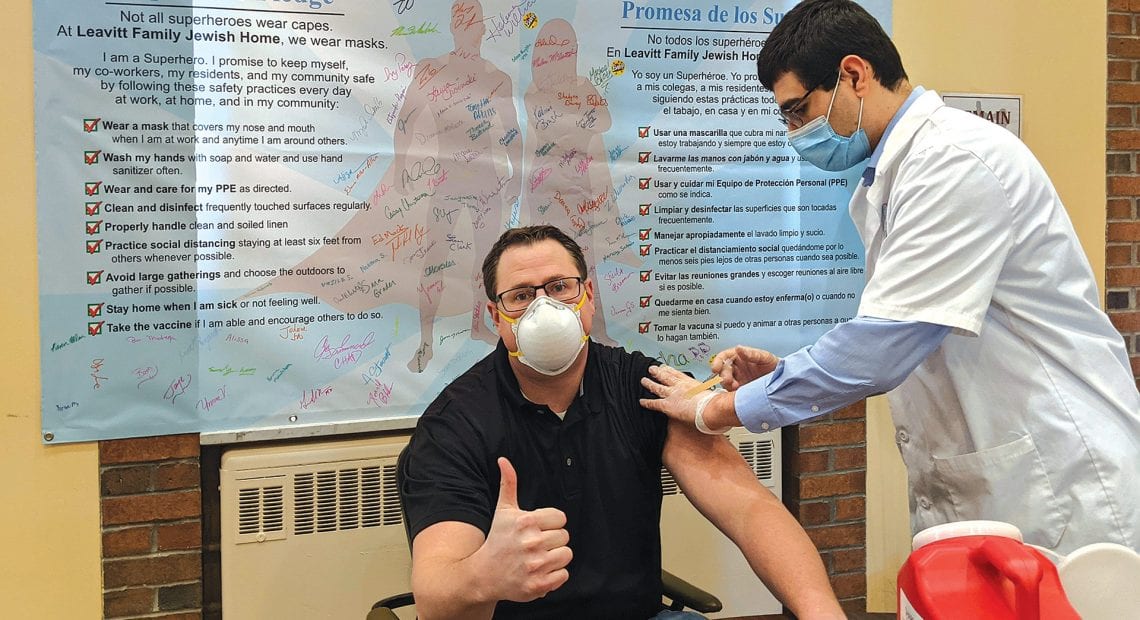
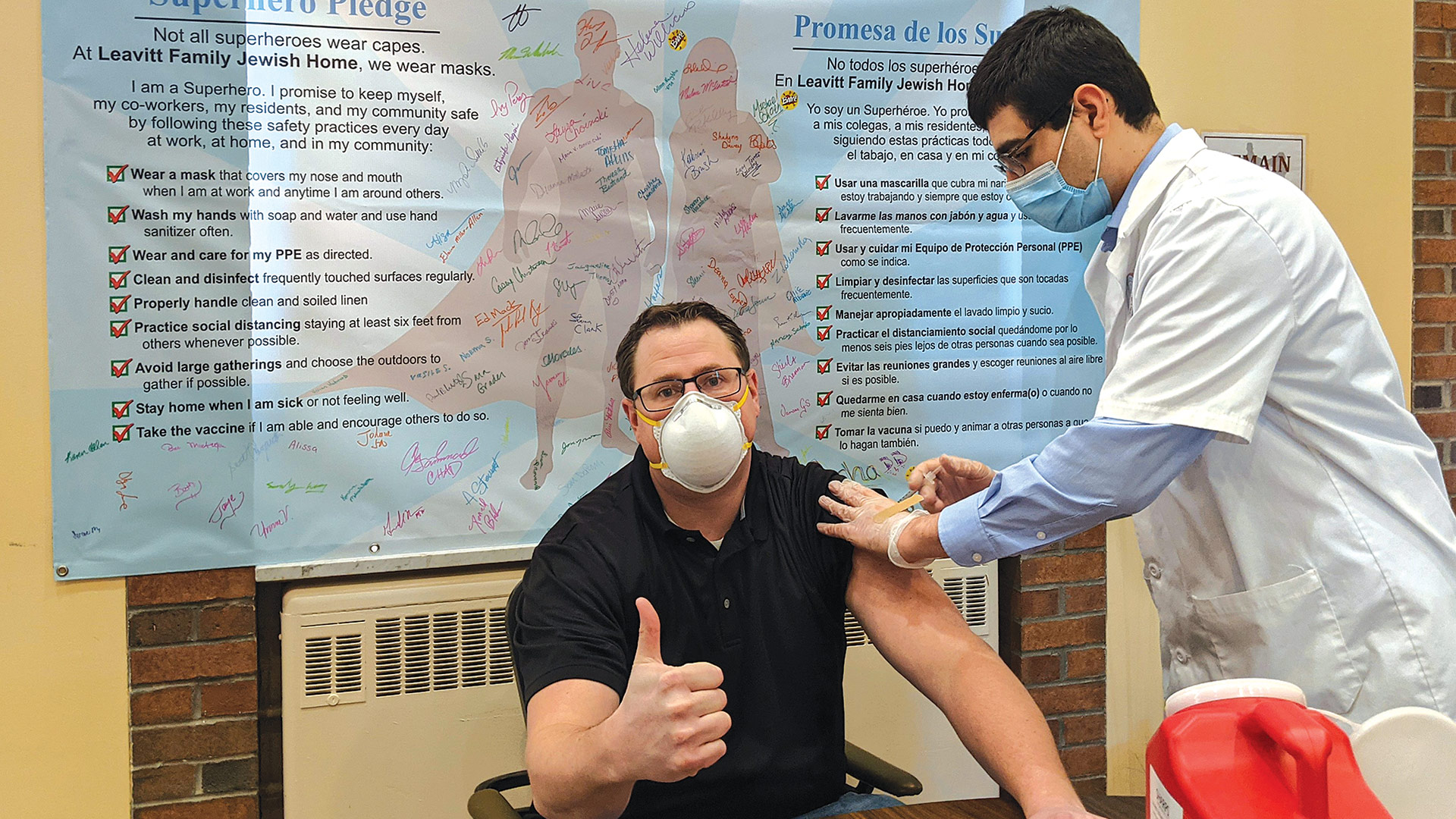


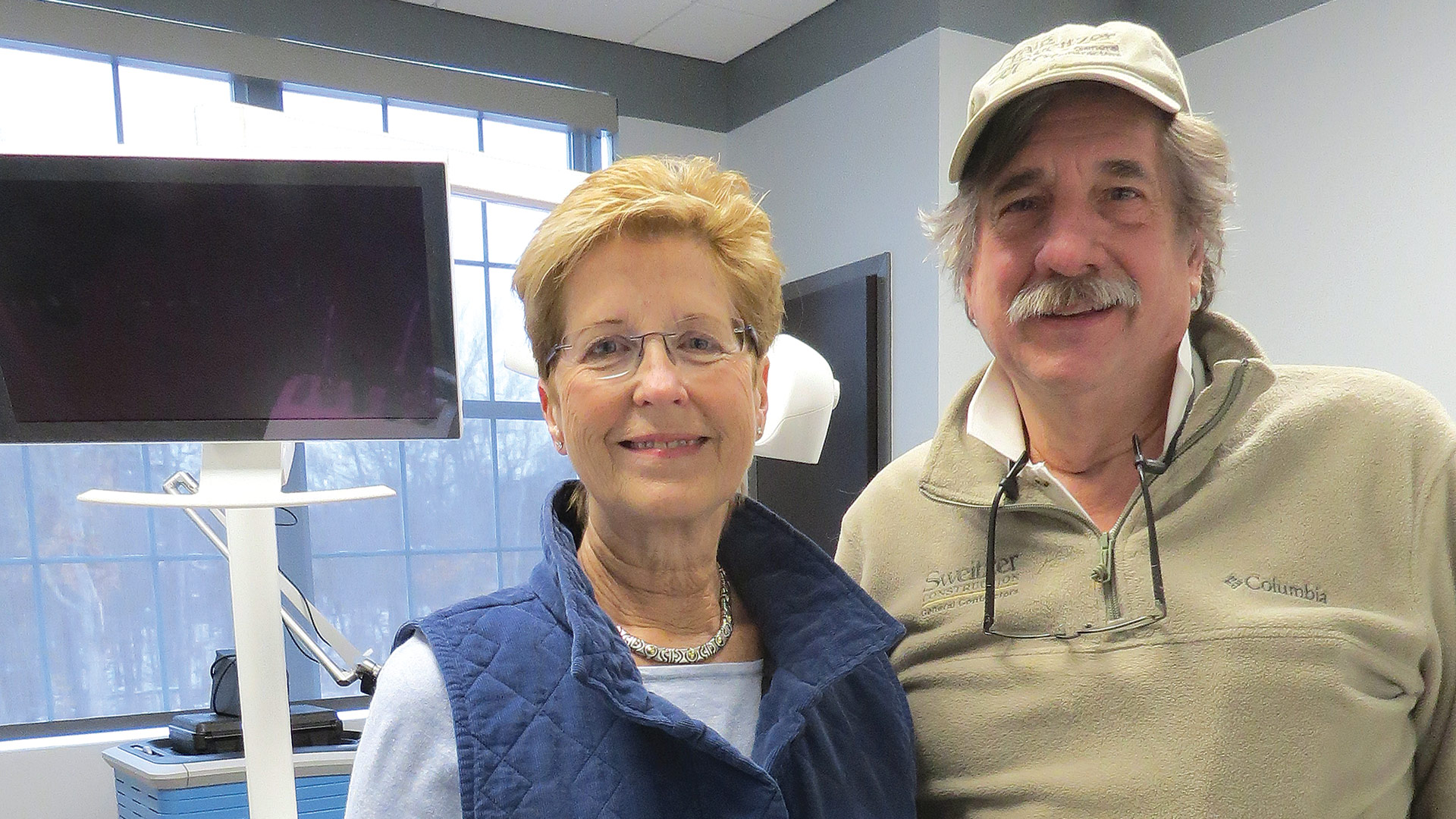



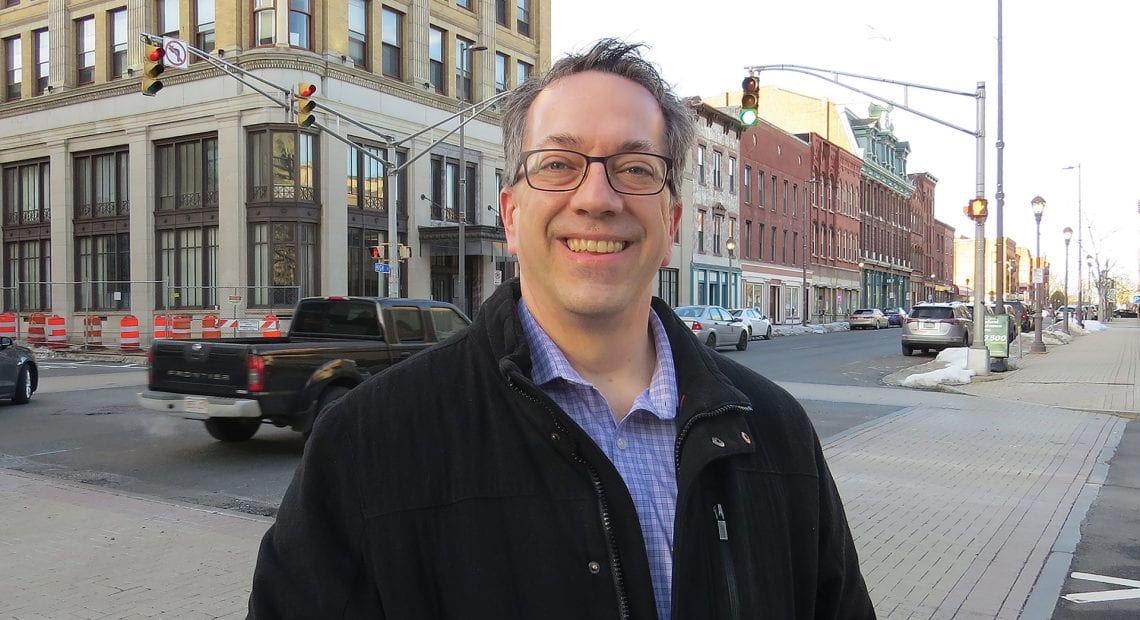
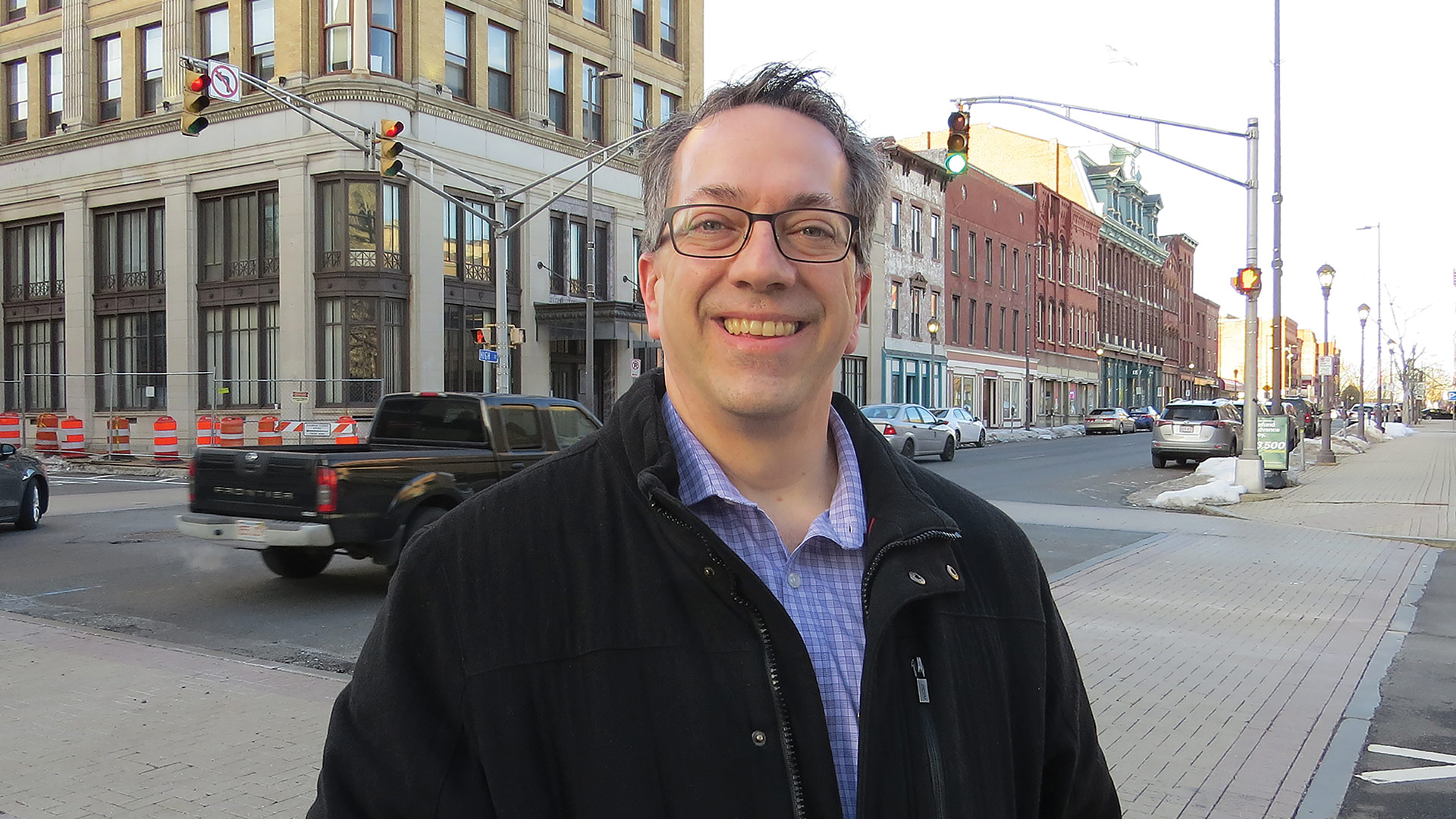
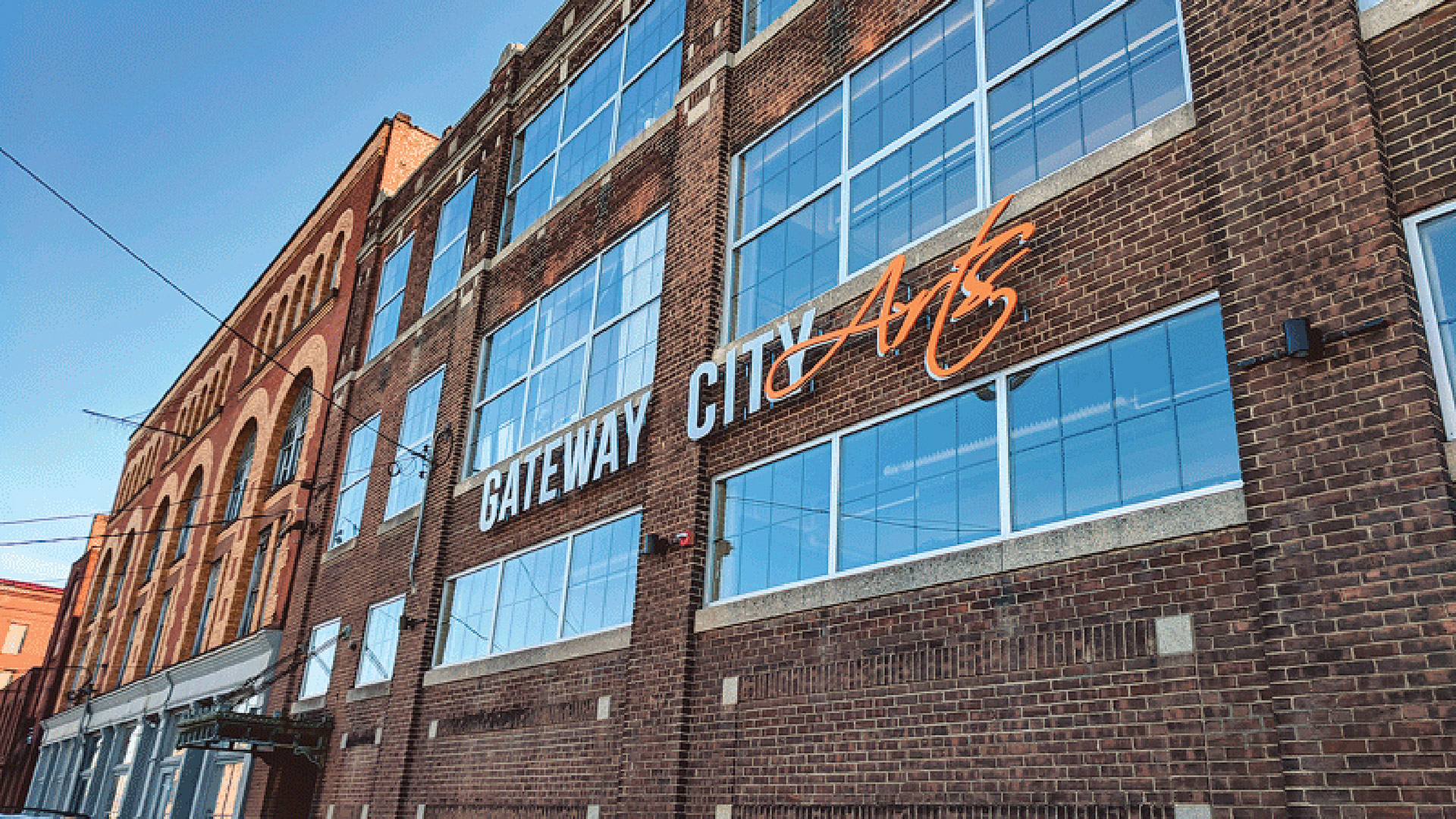




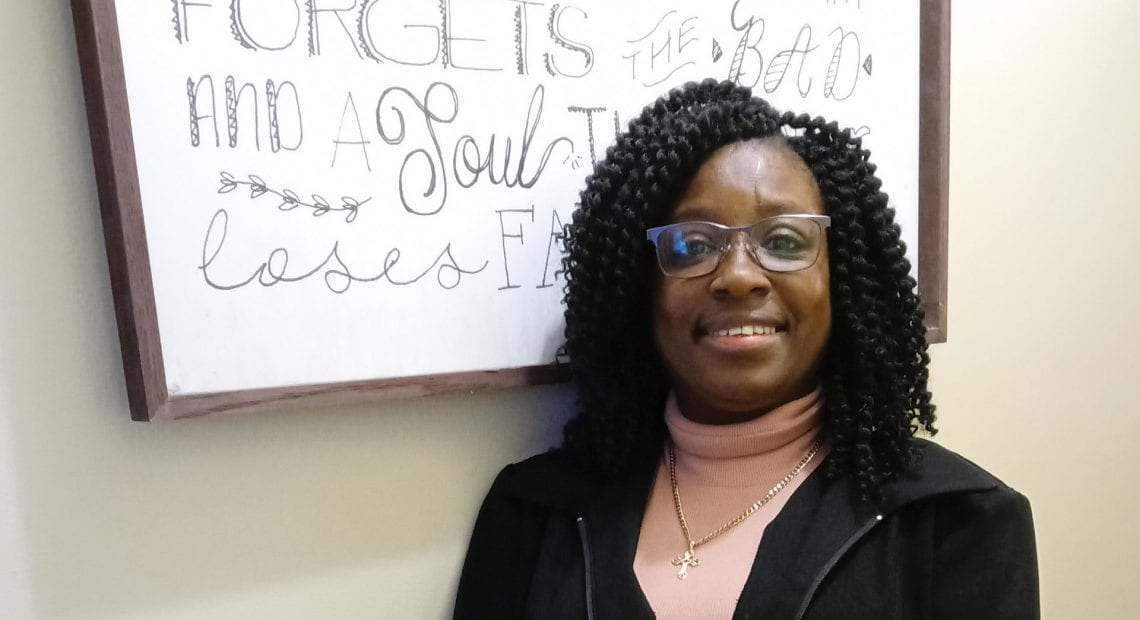

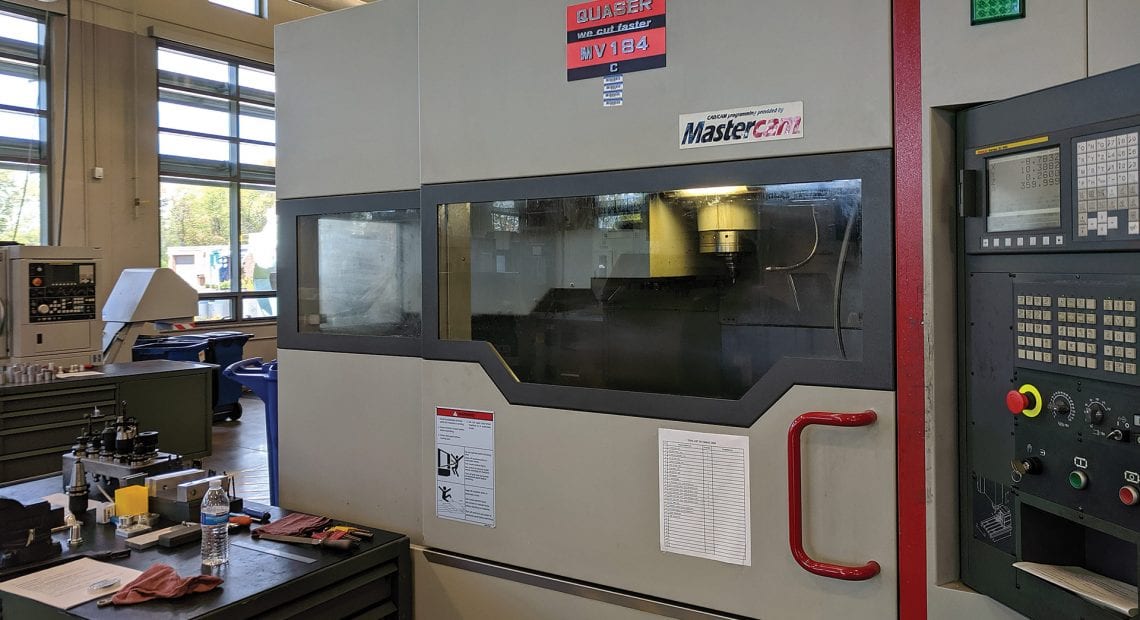
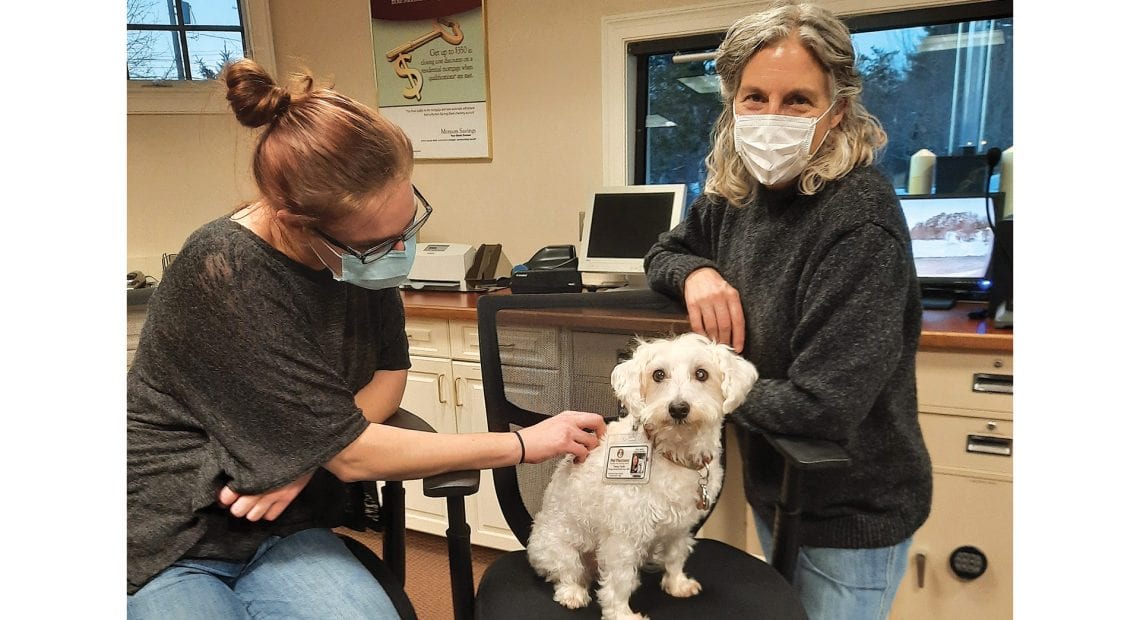

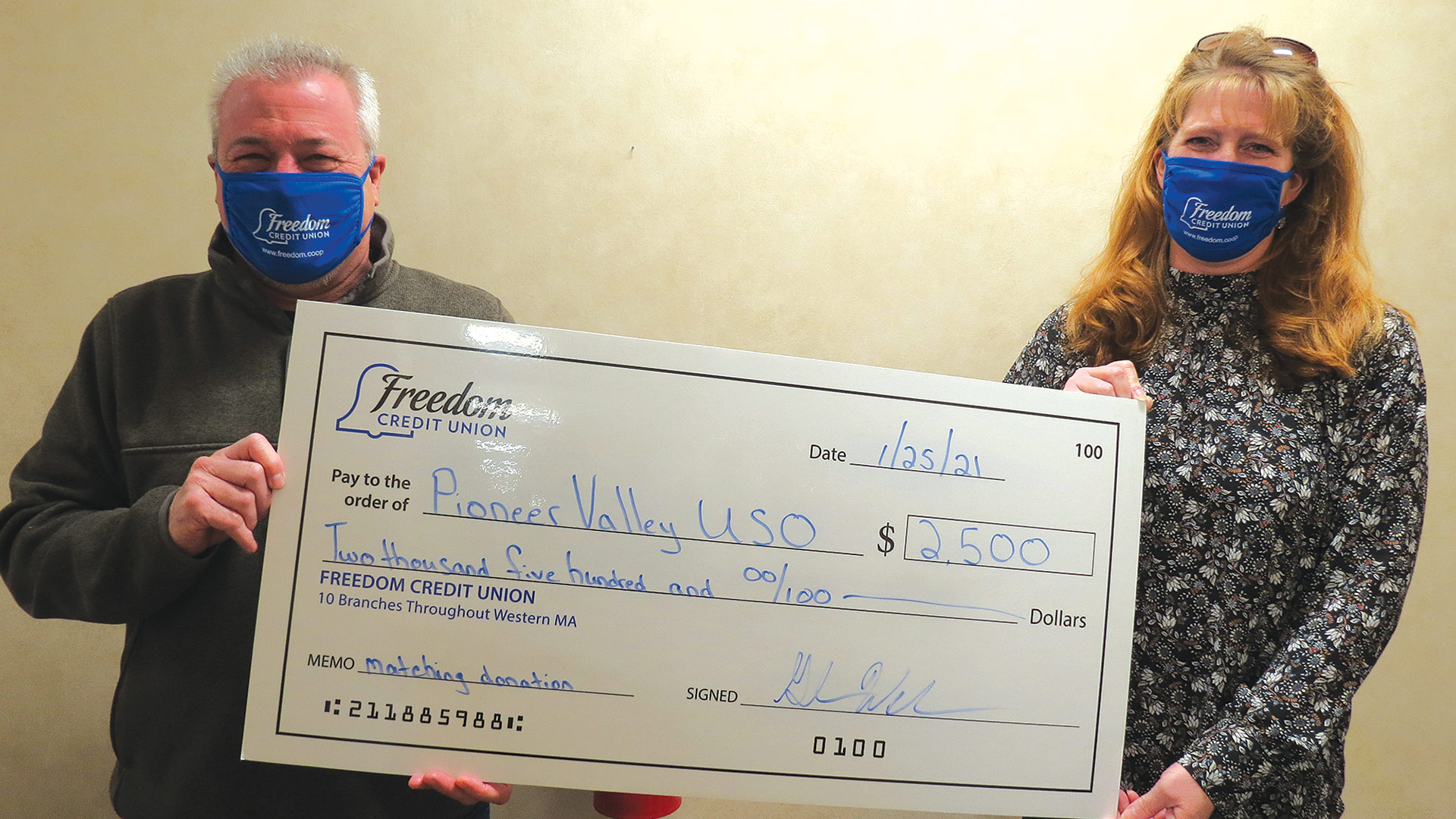











 Spiros Hatiras, president and CEO of Holyoke Medical Center and Valley Health Systems, announced the appointment of Dean Vitarisi as chief financial officer (CFO) at Holyoke Medical Center and Valley Health Systems. Vitarisi’s prior experience included executive-level finance positions with Essen Health Care, Trinity Health Of New England, Yale New Haven Health, St. Mary’s Health System, and St. Raphael Healthcare System. He received his bachelor’s degree in business administration with a concentration in accounting from Bryant University. He then completed an MBA from Quinnipiac University, followed by a master certificate in healthcare leadership from Cornell University School of Human Ecology.
Spiros Hatiras, president and CEO of Holyoke Medical Center and Valley Health Systems, announced the appointment of Dean Vitarisi as chief financial officer (CFO) at Holyoke Medical Center and Valley Health Systems. Vitarisi’s prior experience included executive-level finance positions with Essen Health Care, Trinity Health Of New England, Yale New Haven Health, St. Mary’s Health System, and St. Raphael Healthcare System. He received his bachelor’s degree in business administration with a concentration in accounting from Bryant University. He then completed an MBA from Quinnipiac University, followed by a master certificate in healthcare leadership from Cornell University School of Human Ecology.
